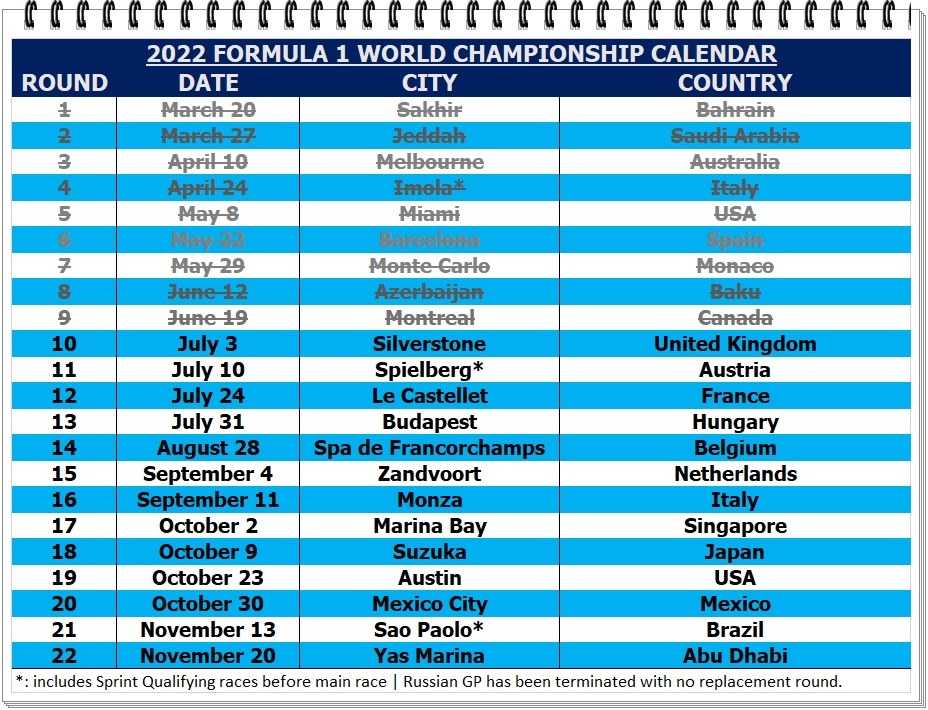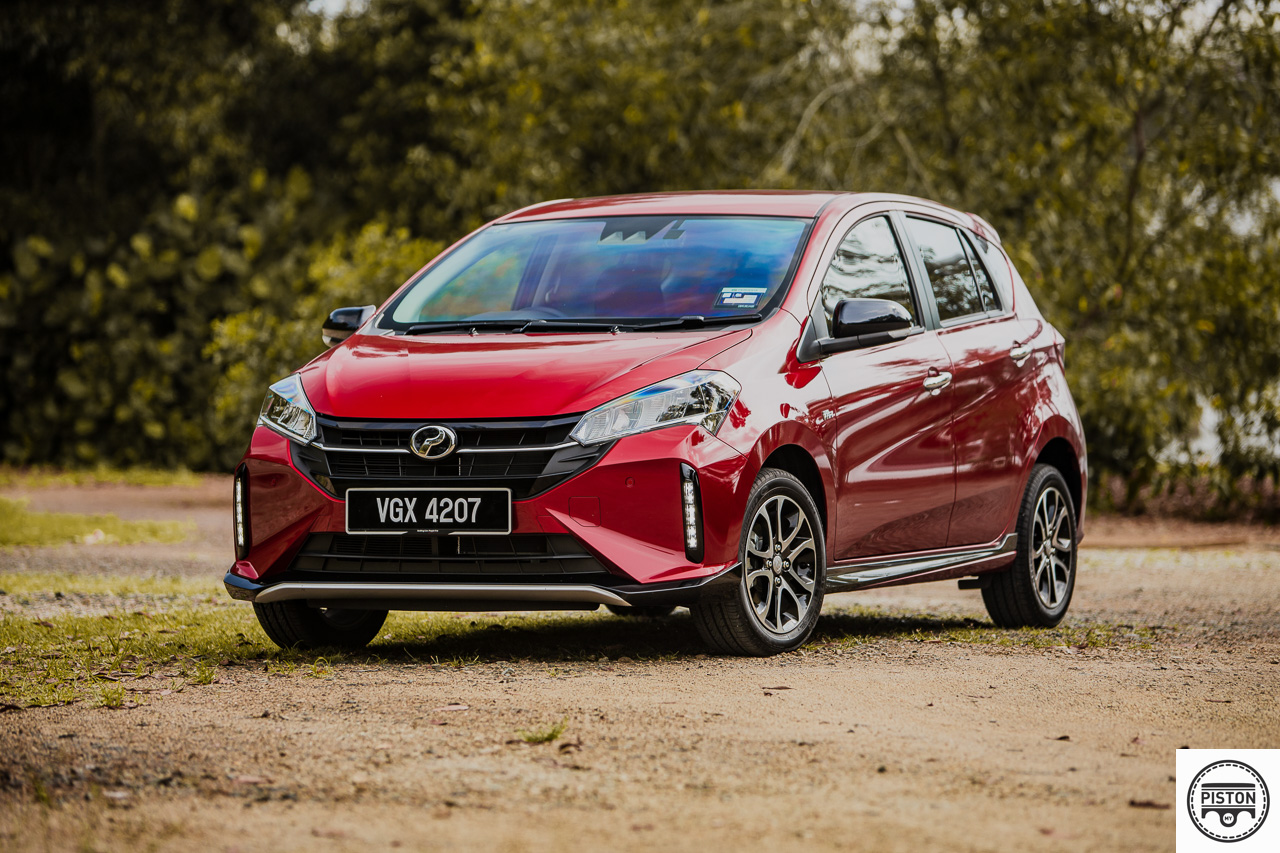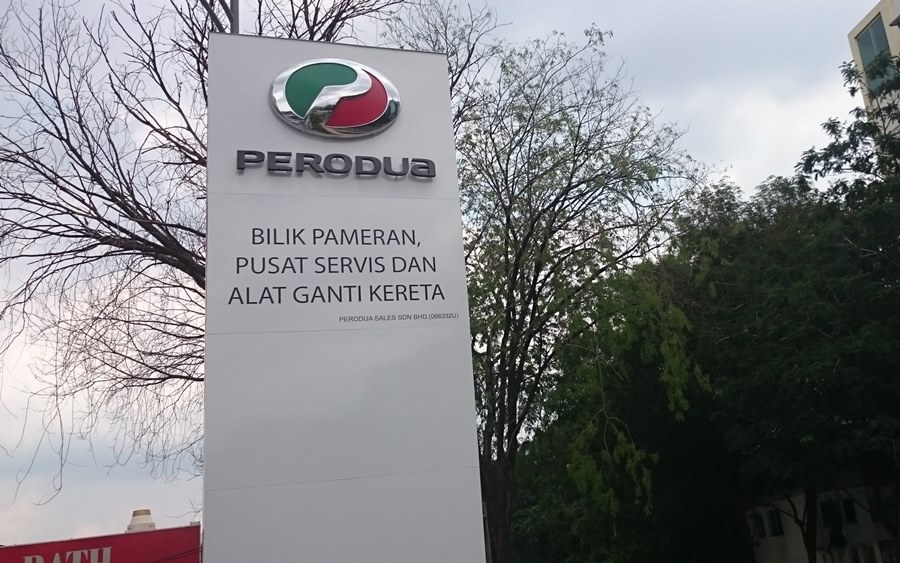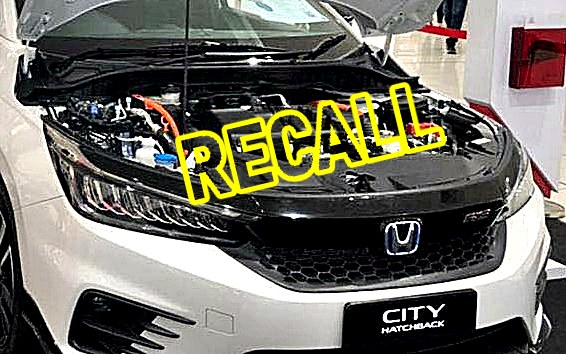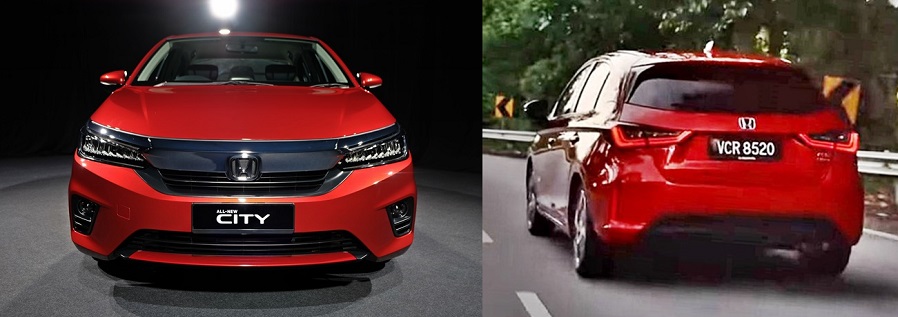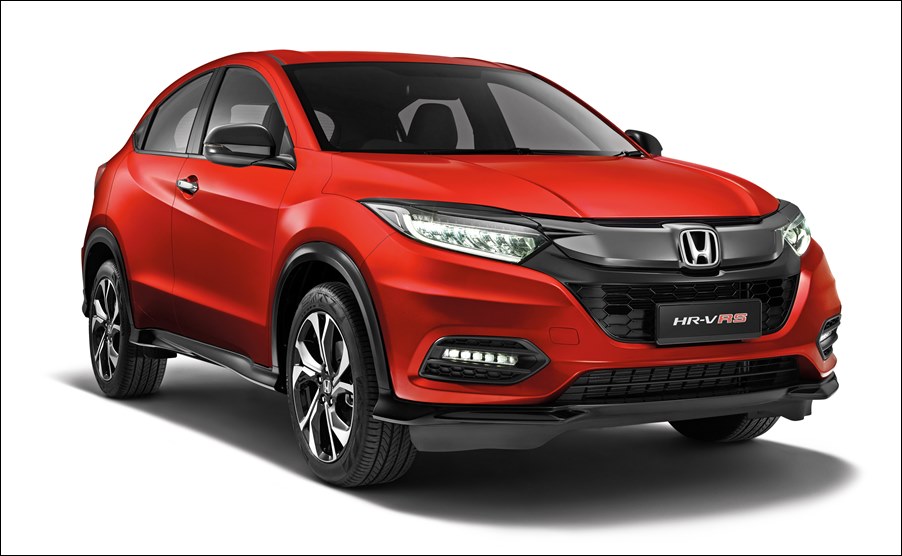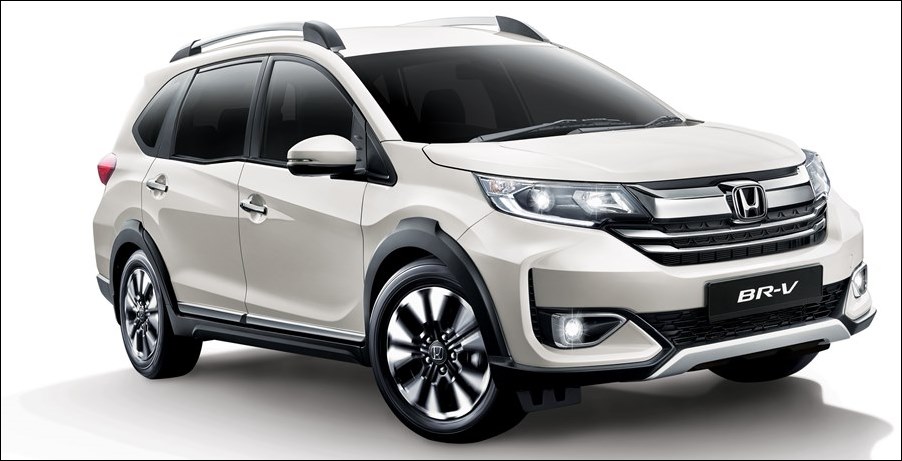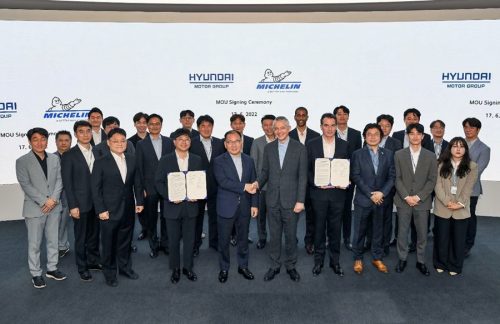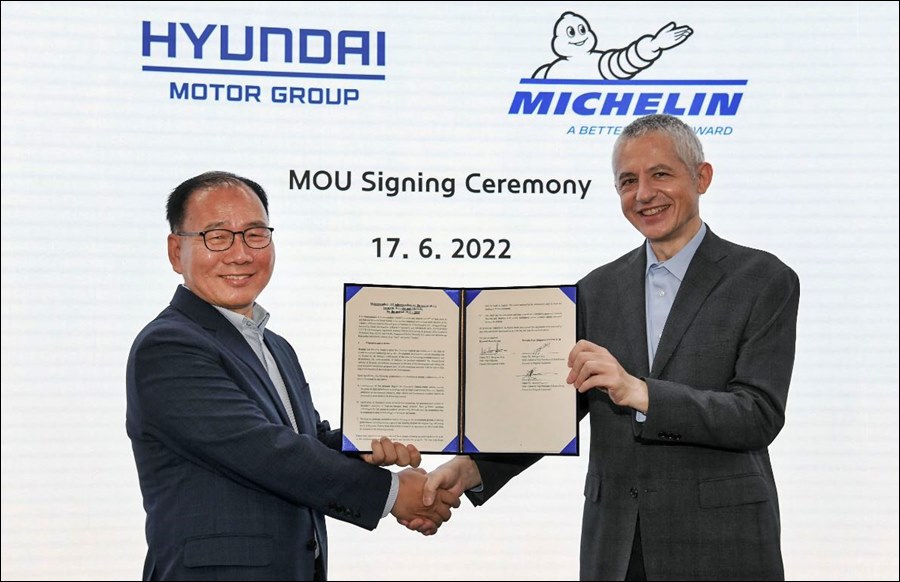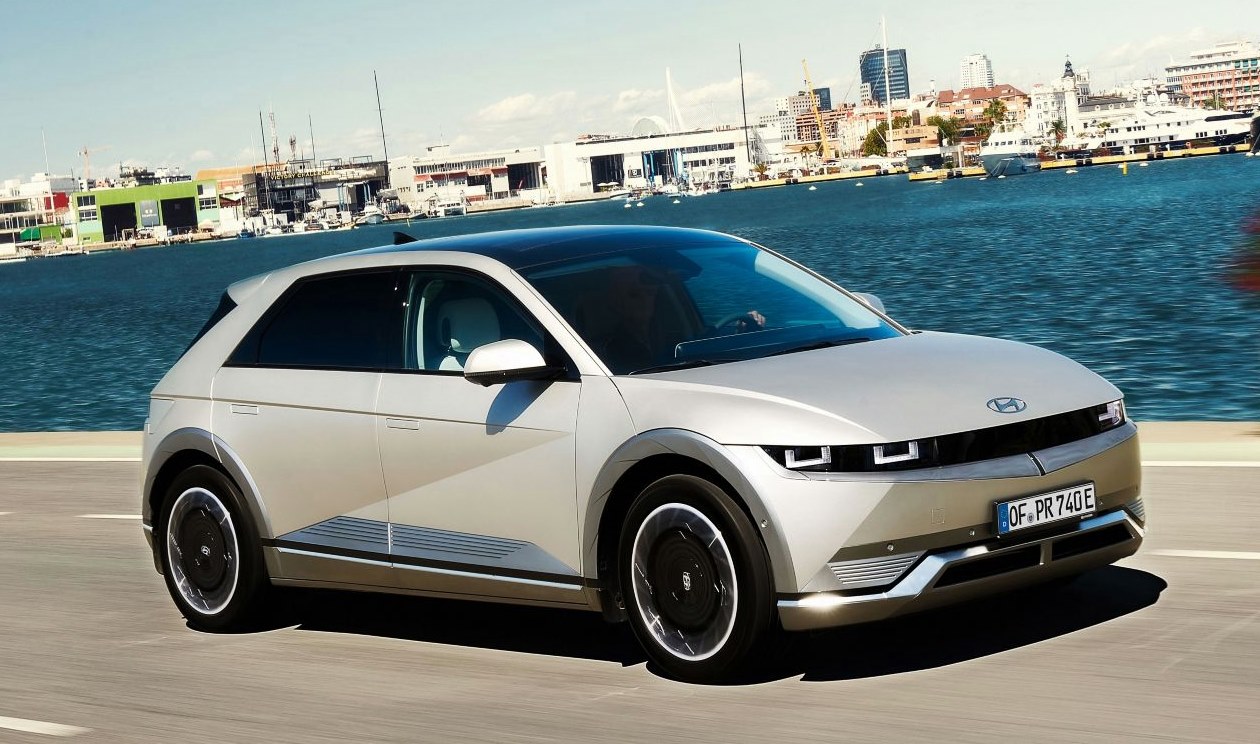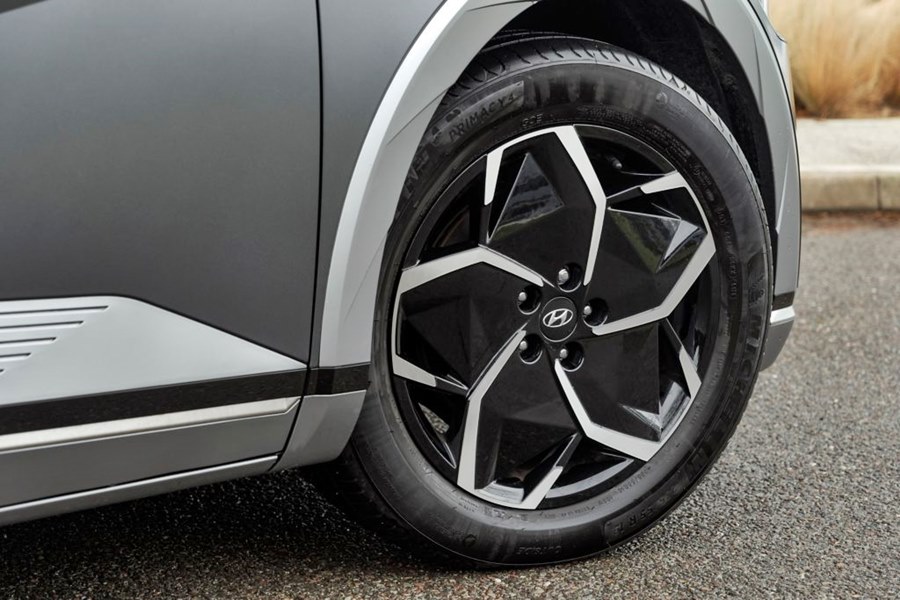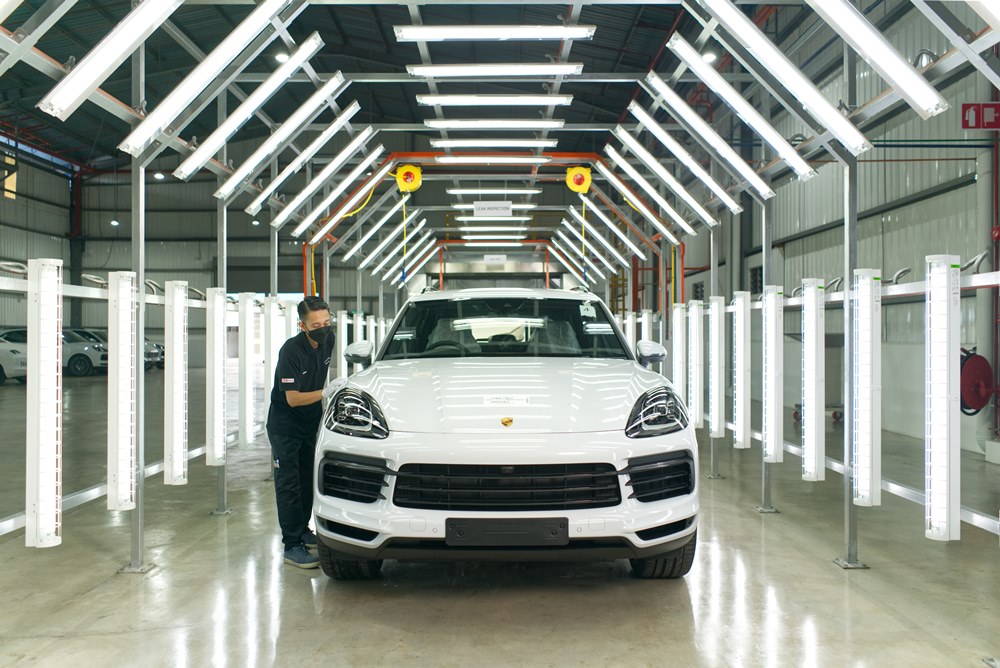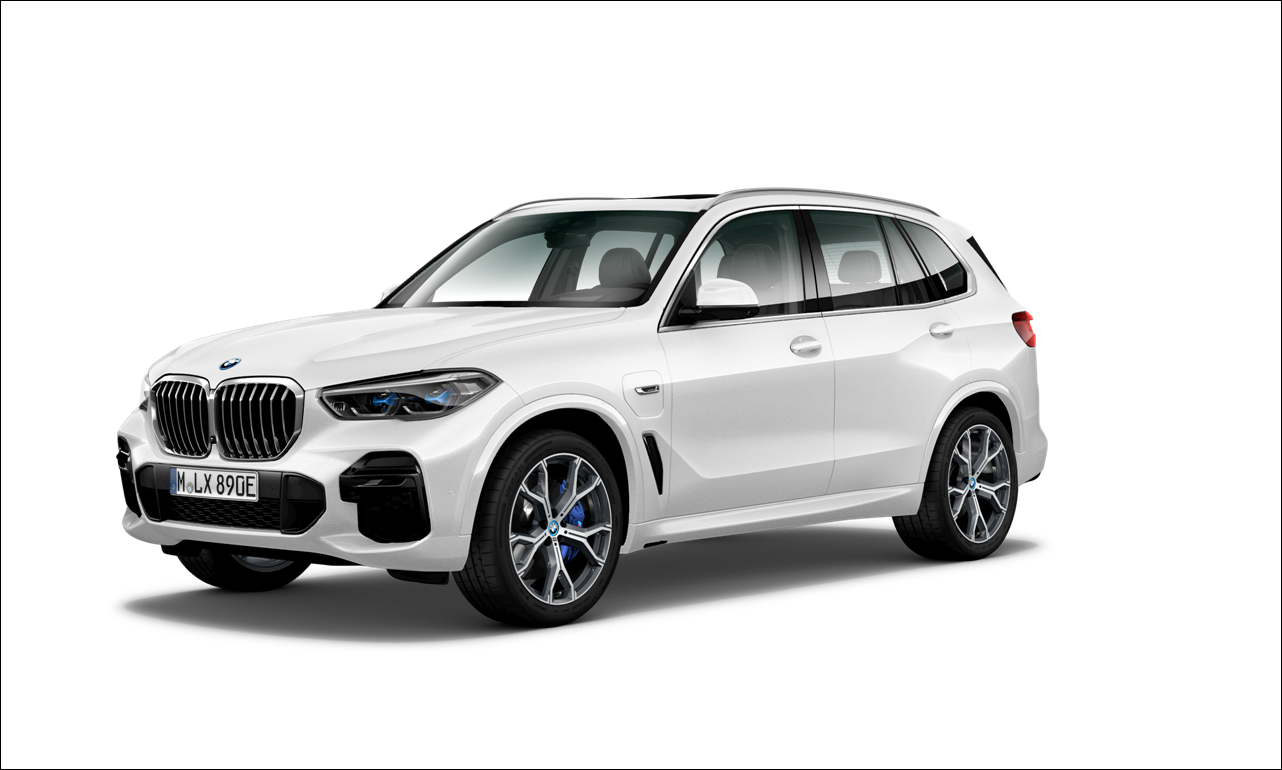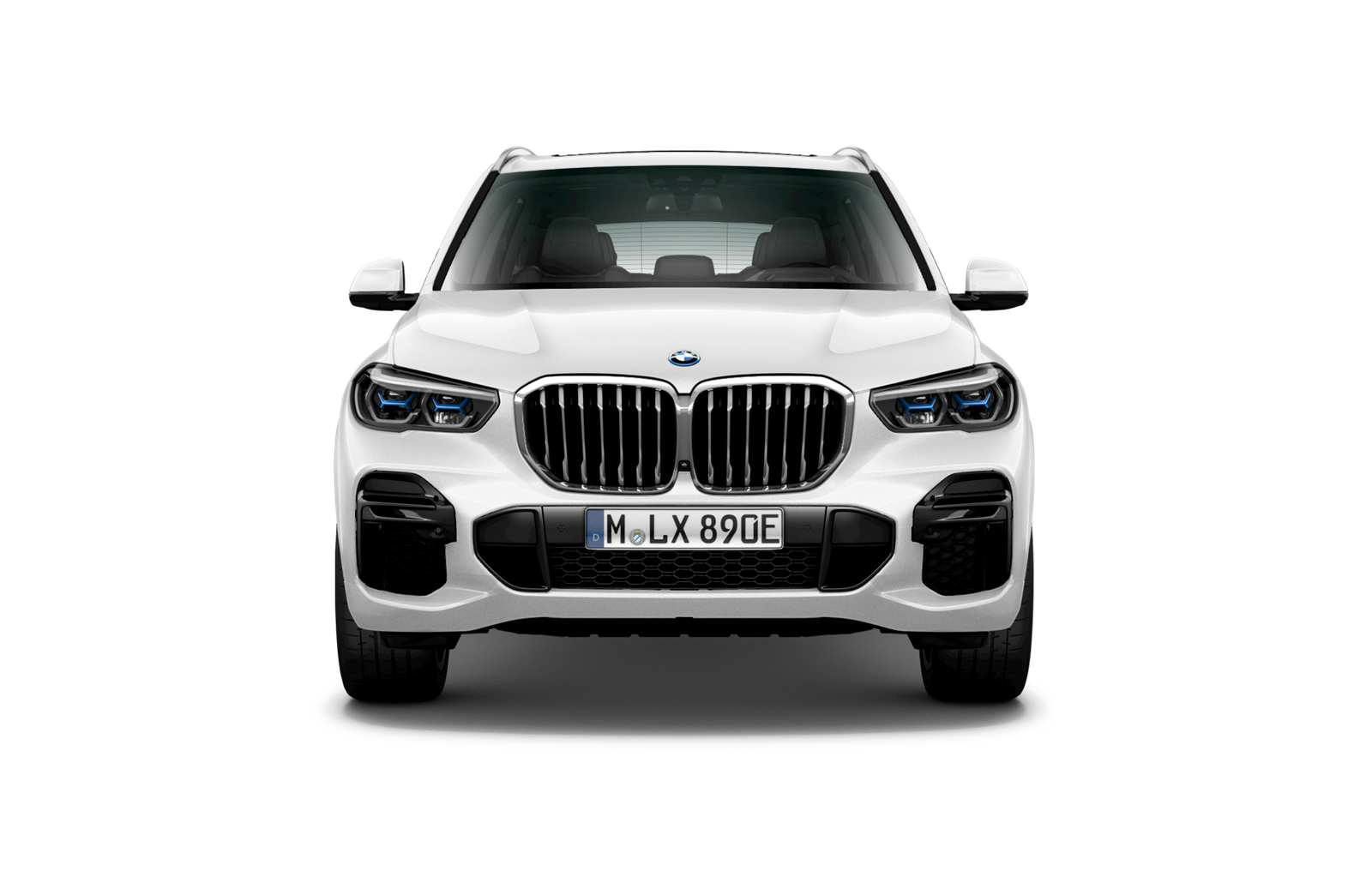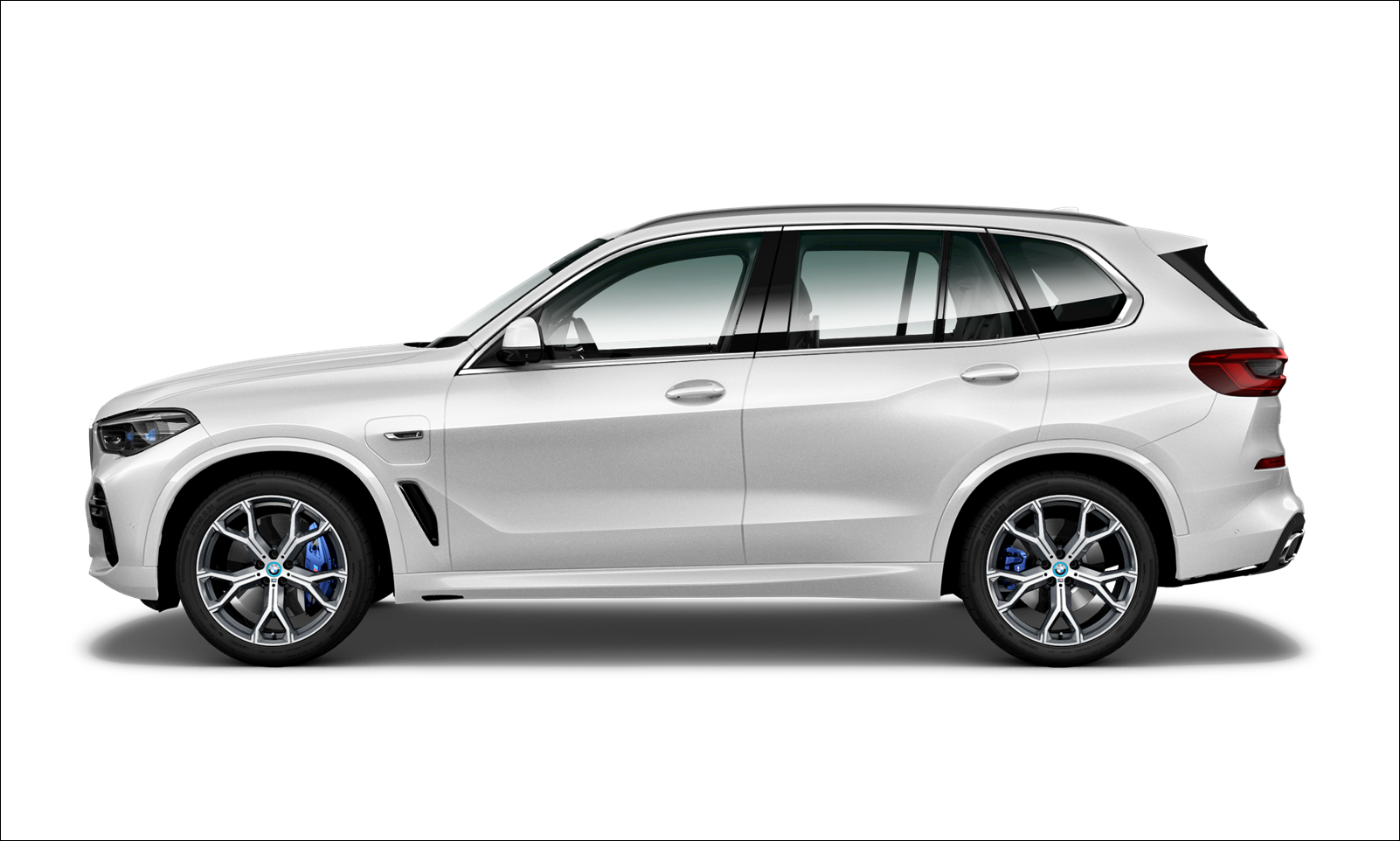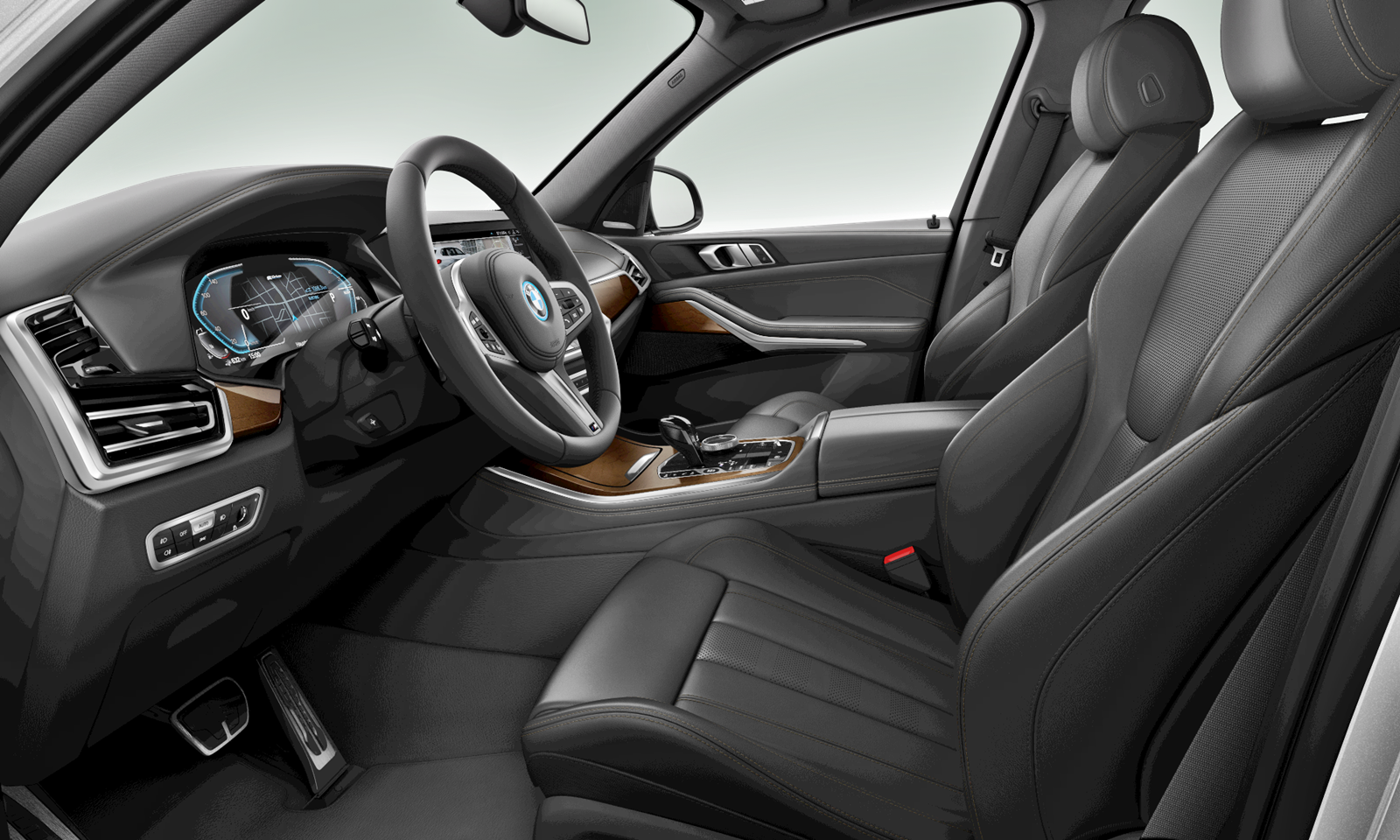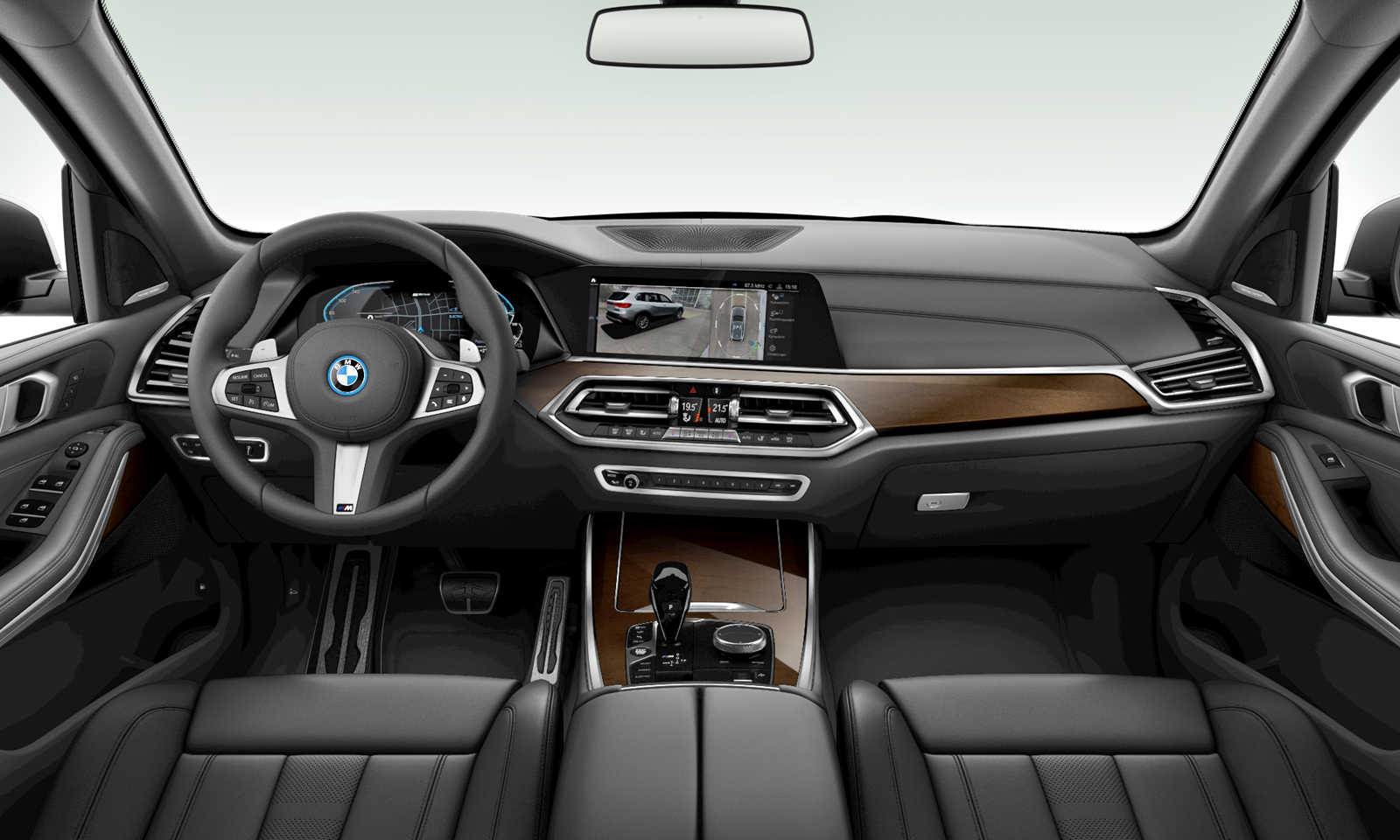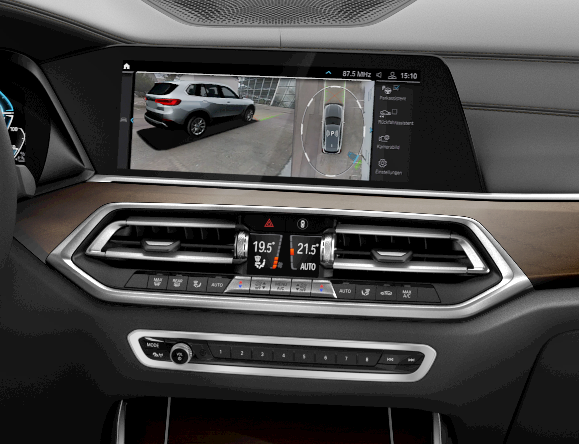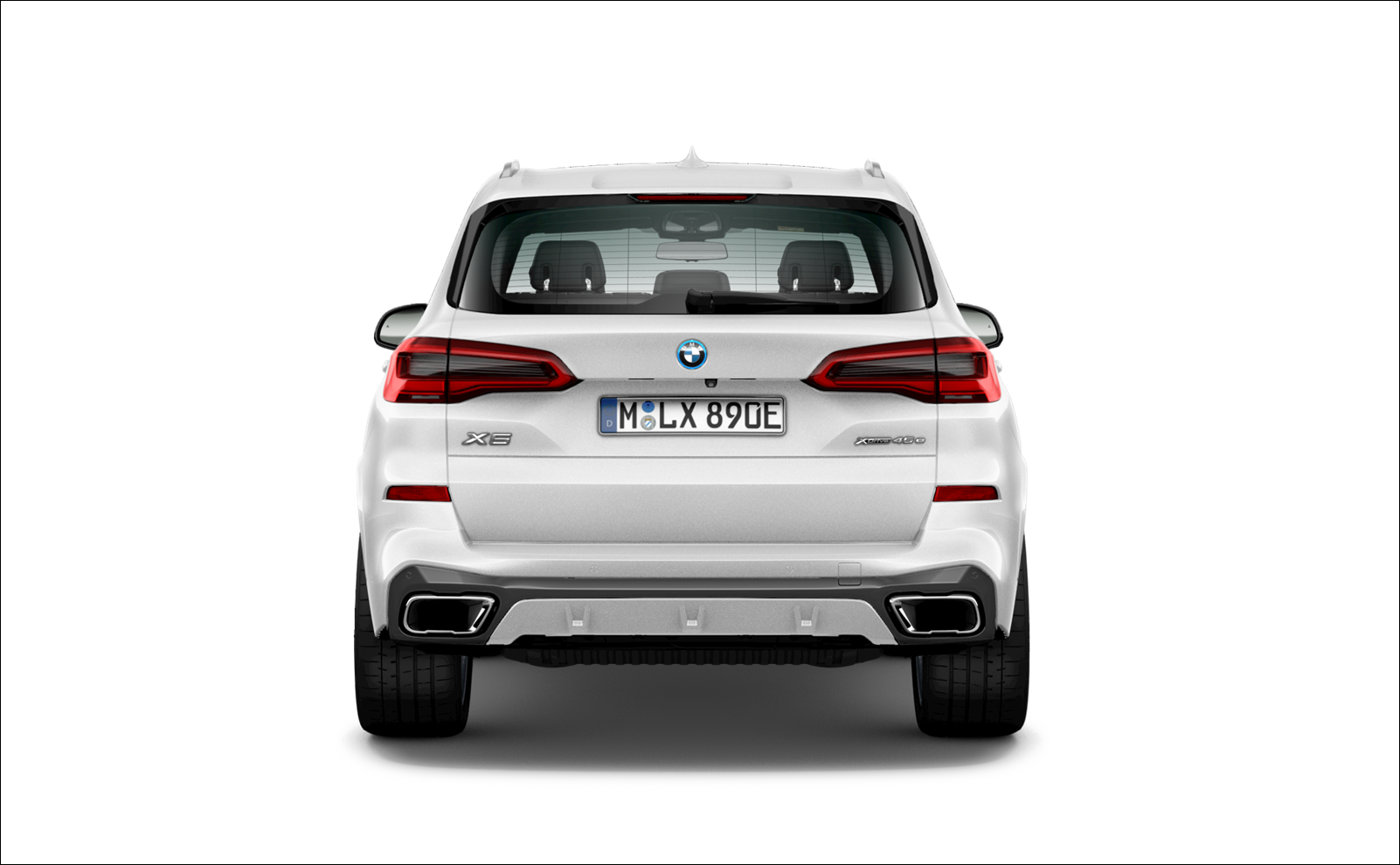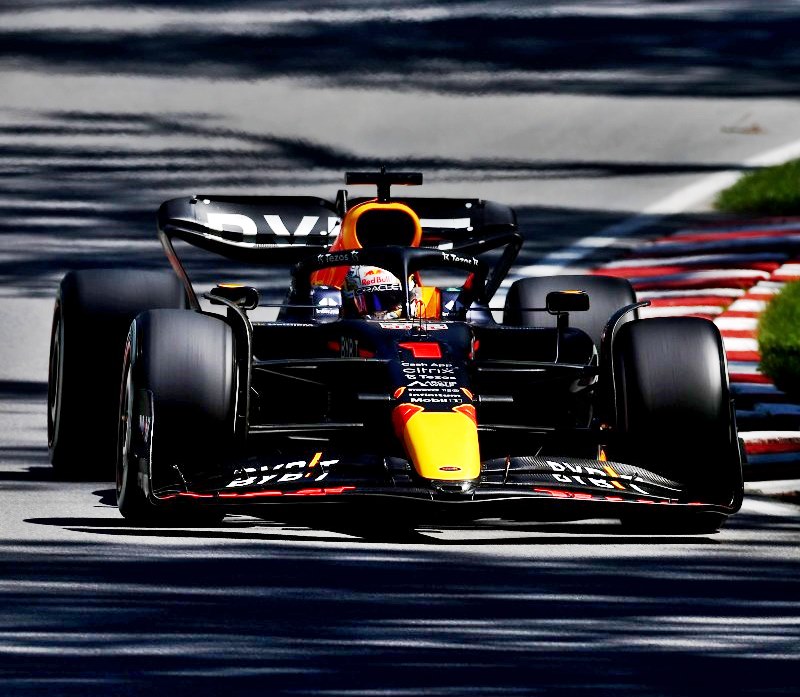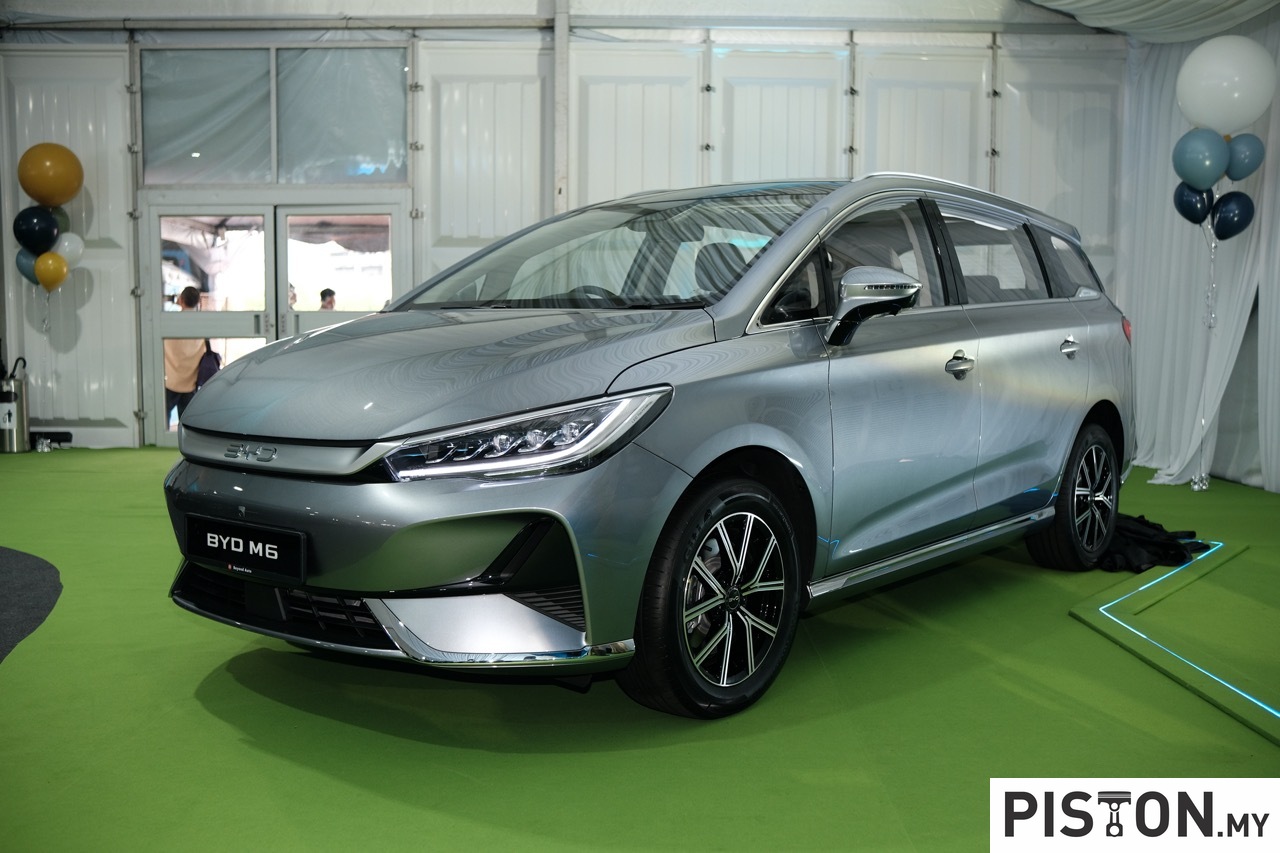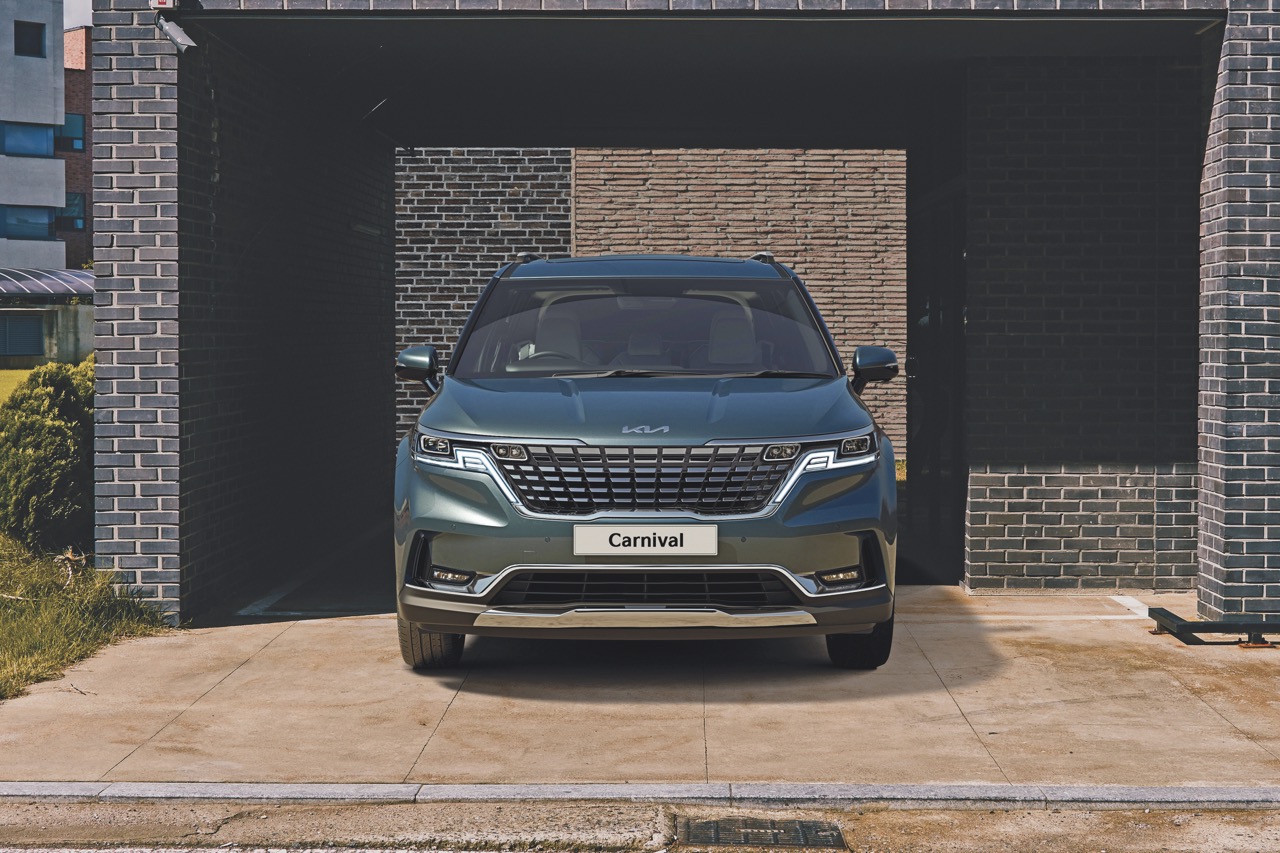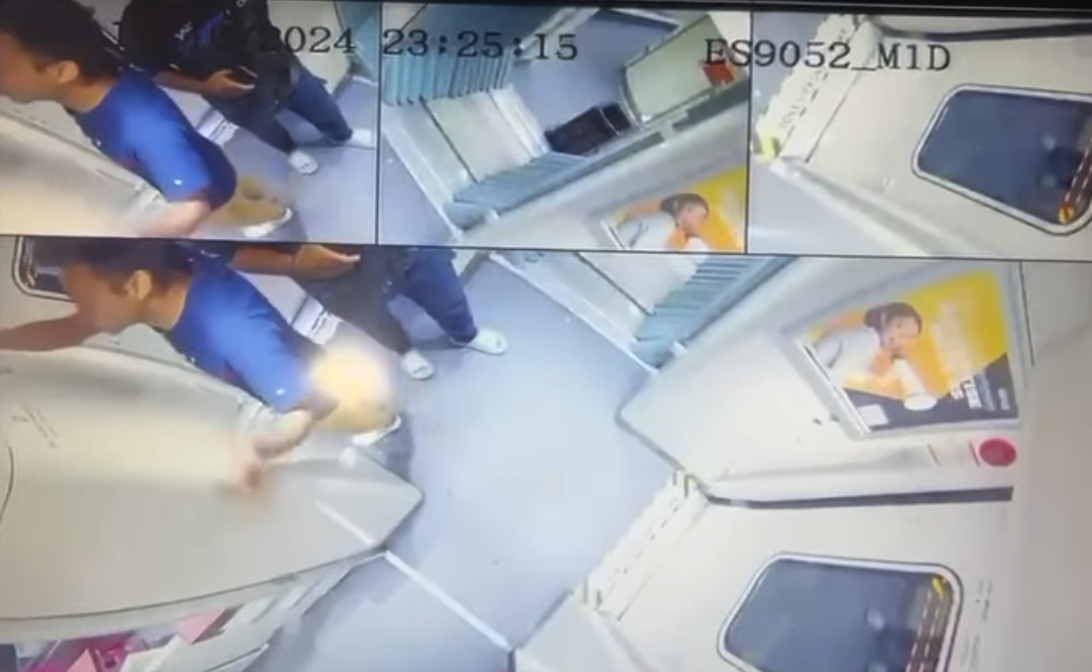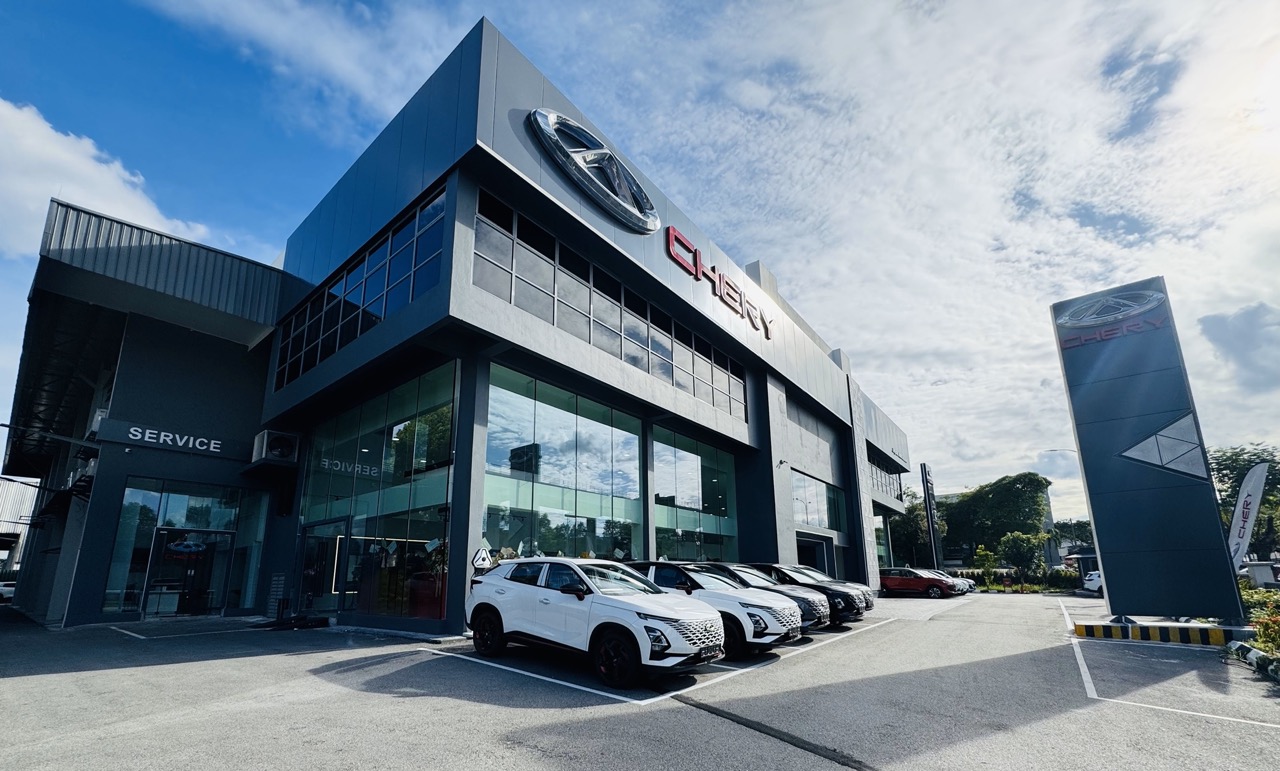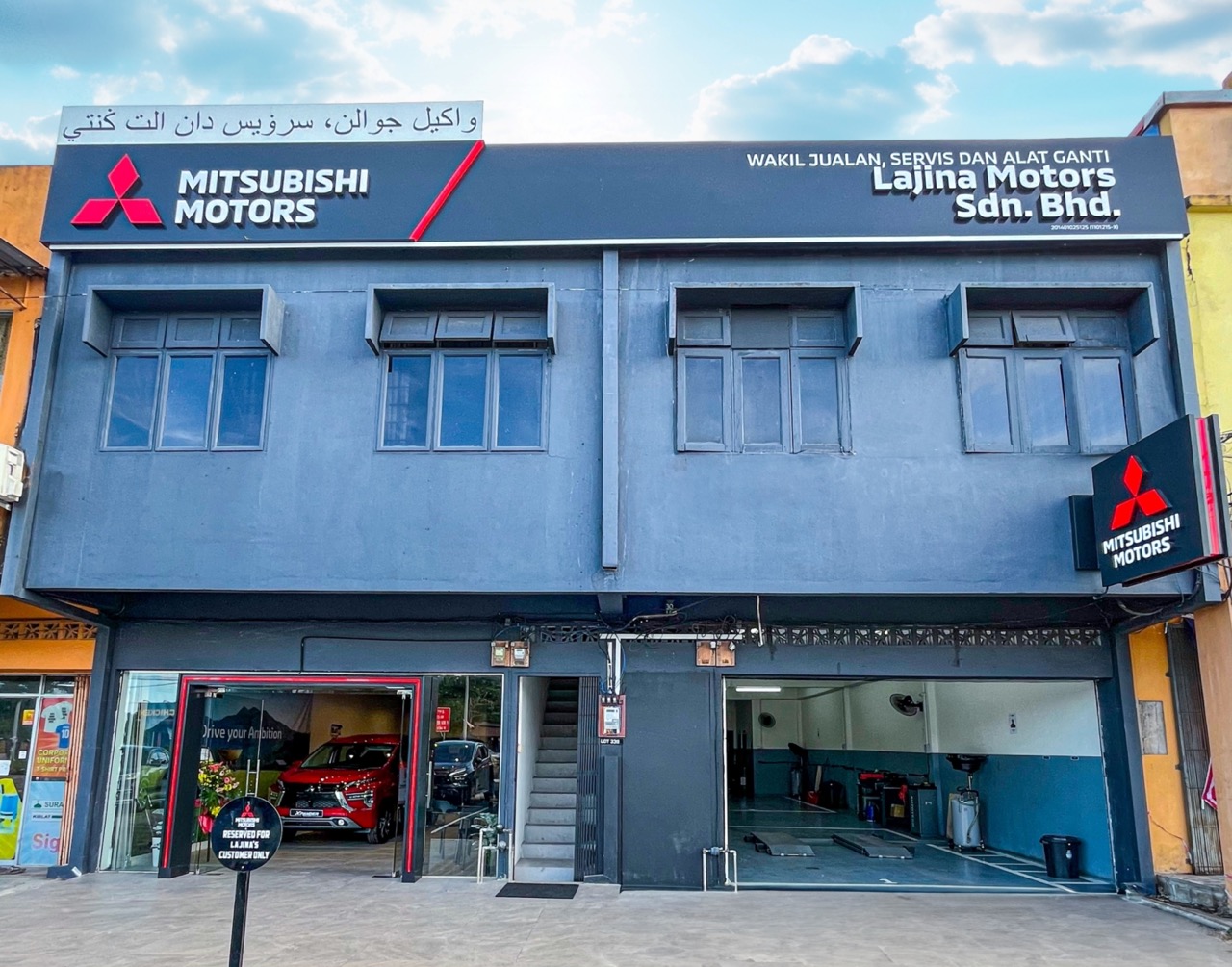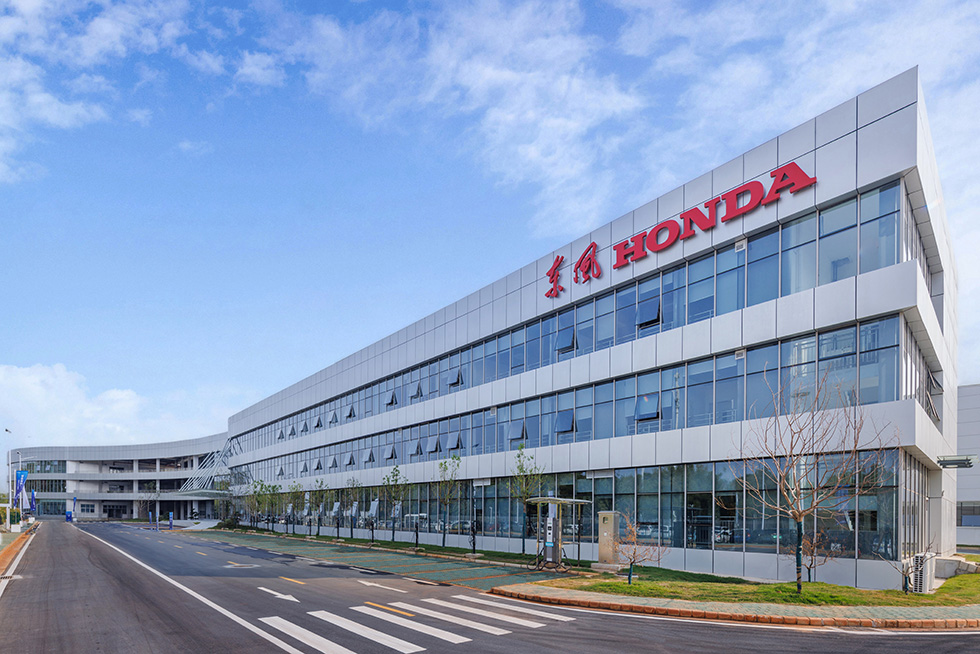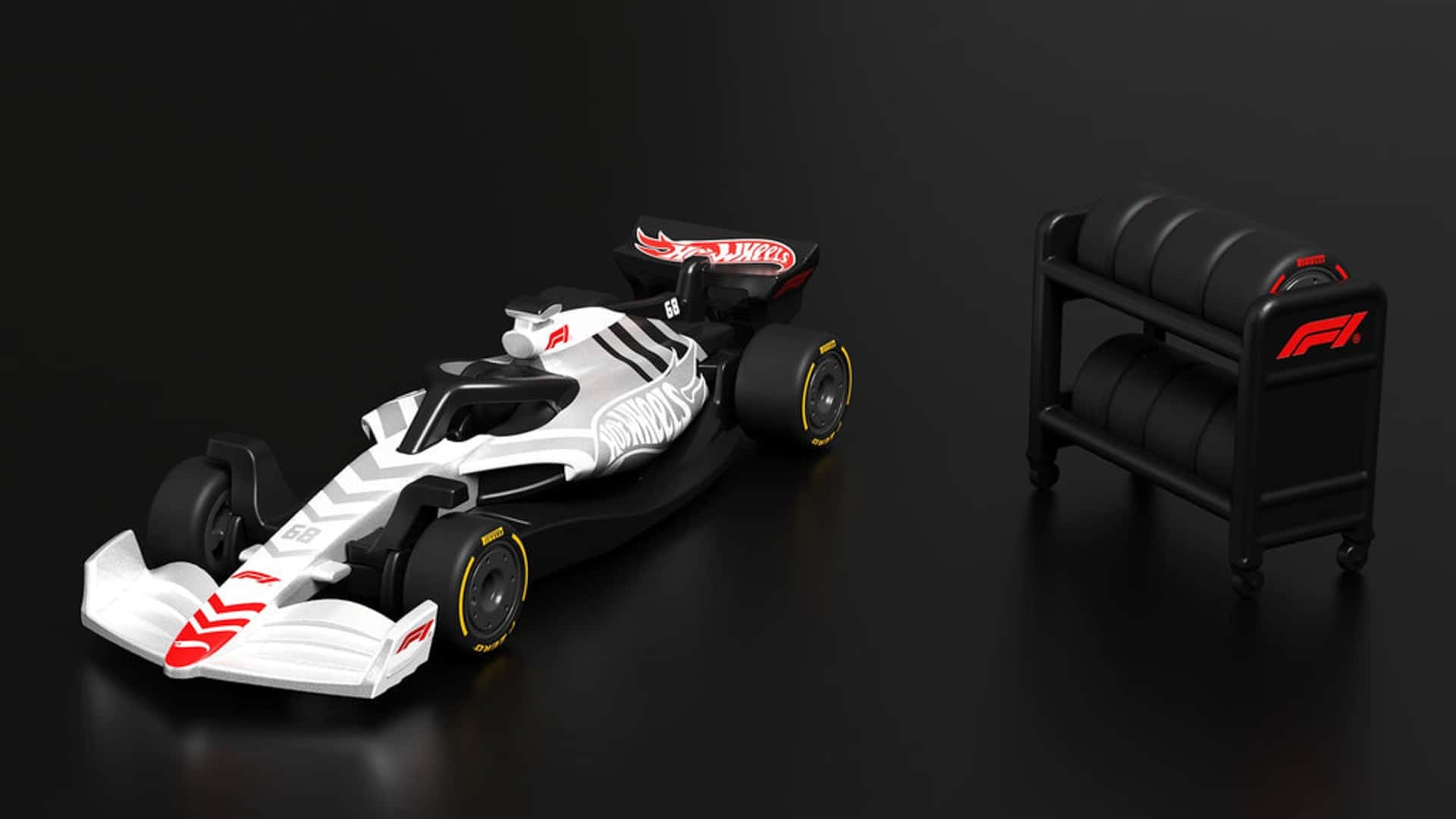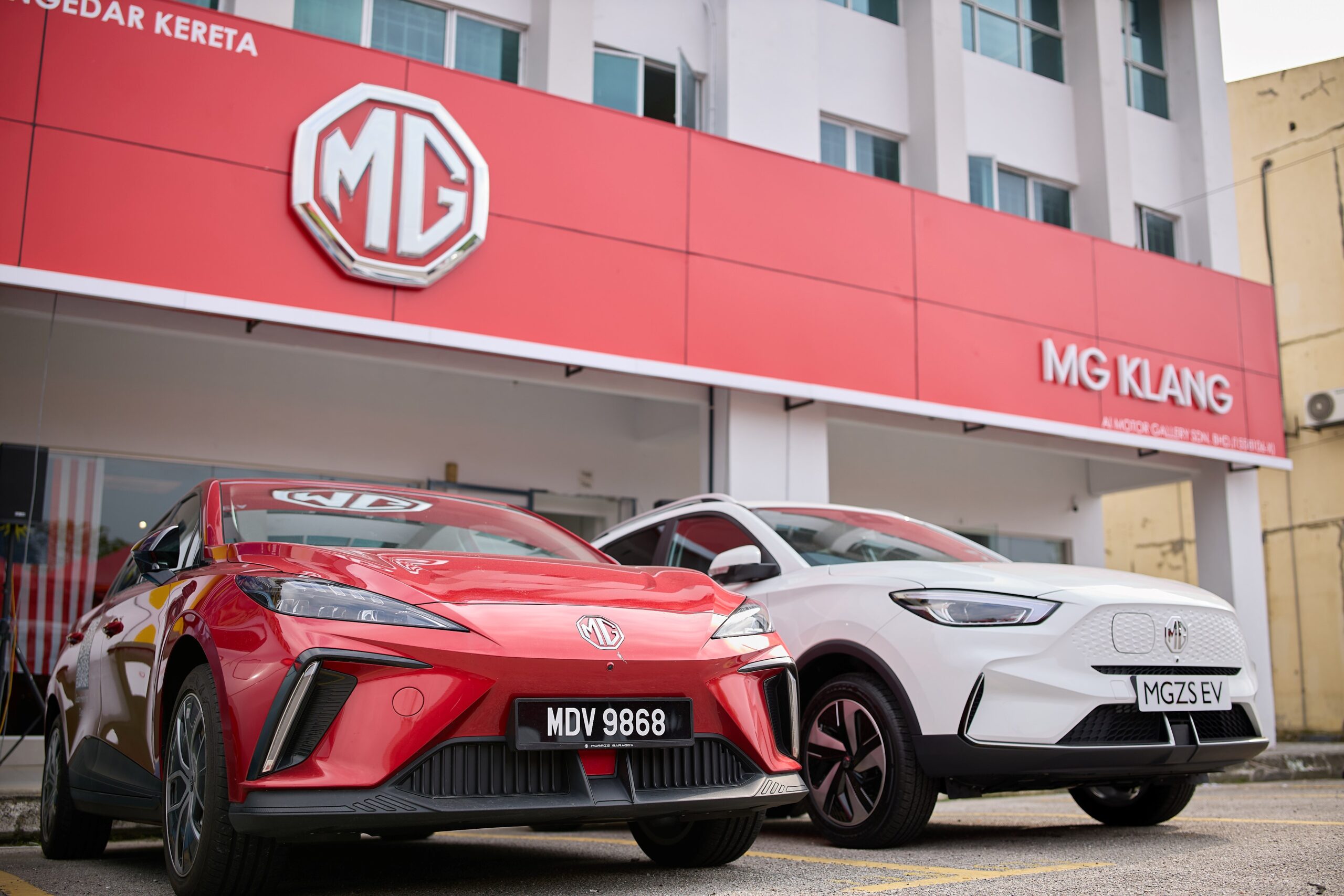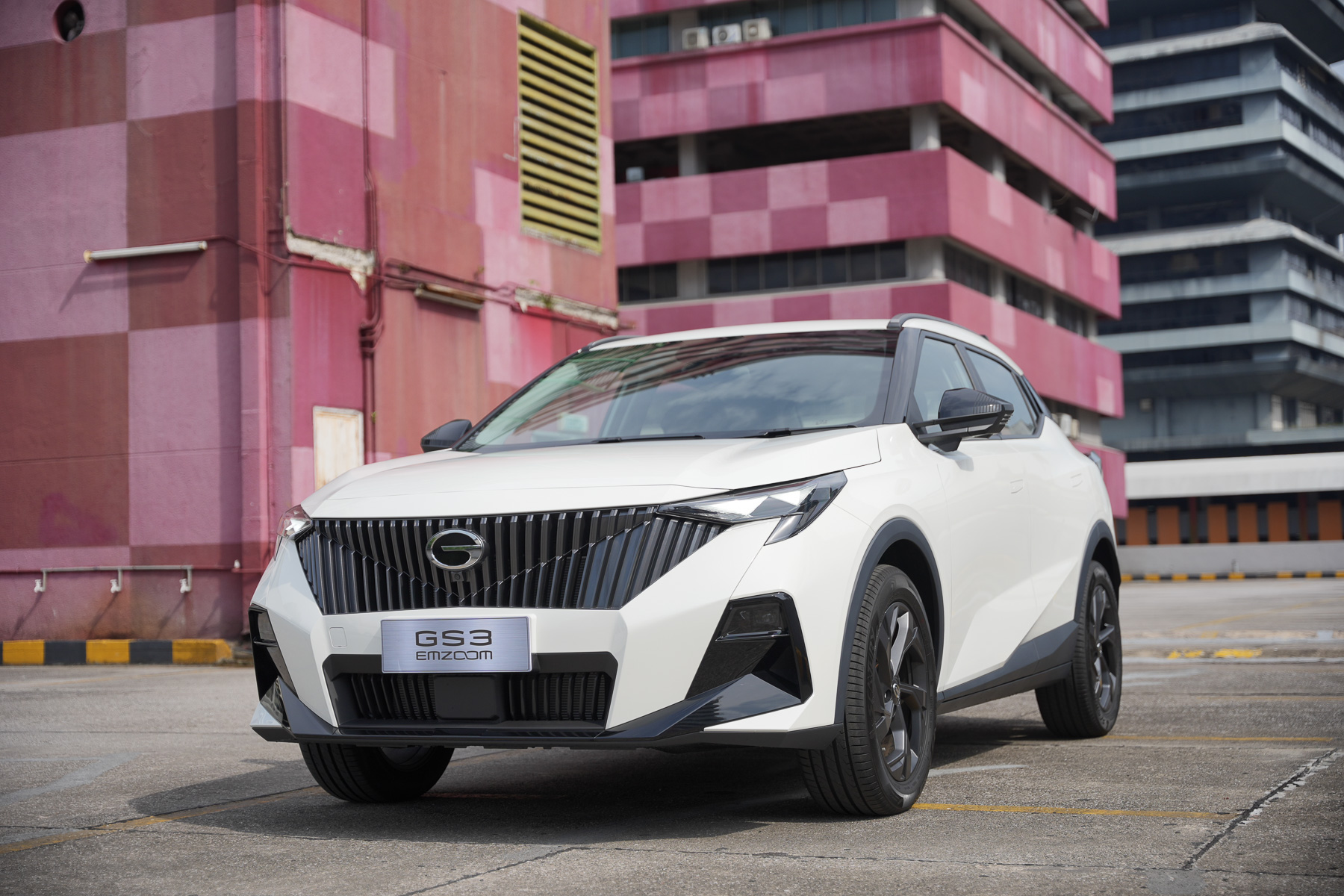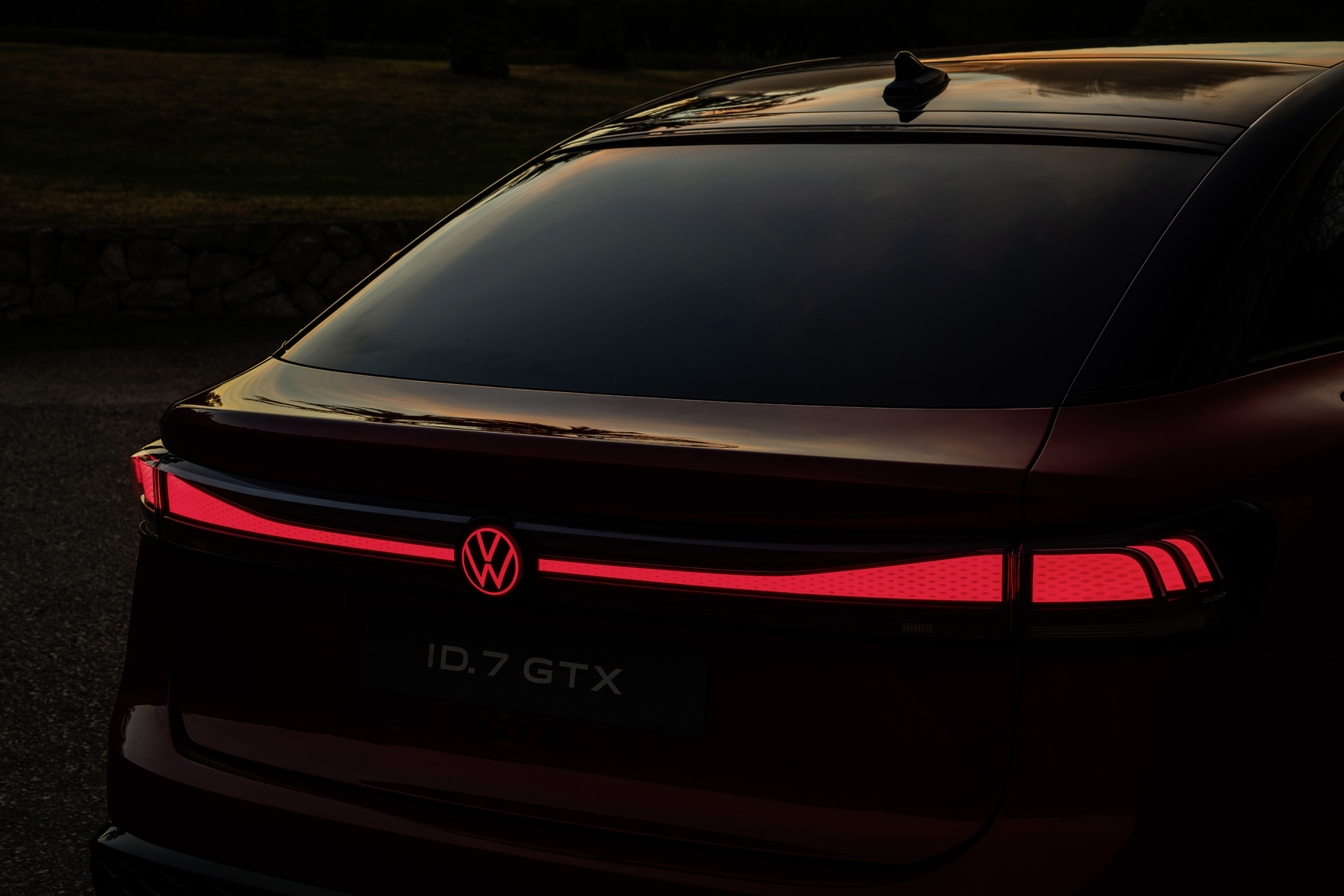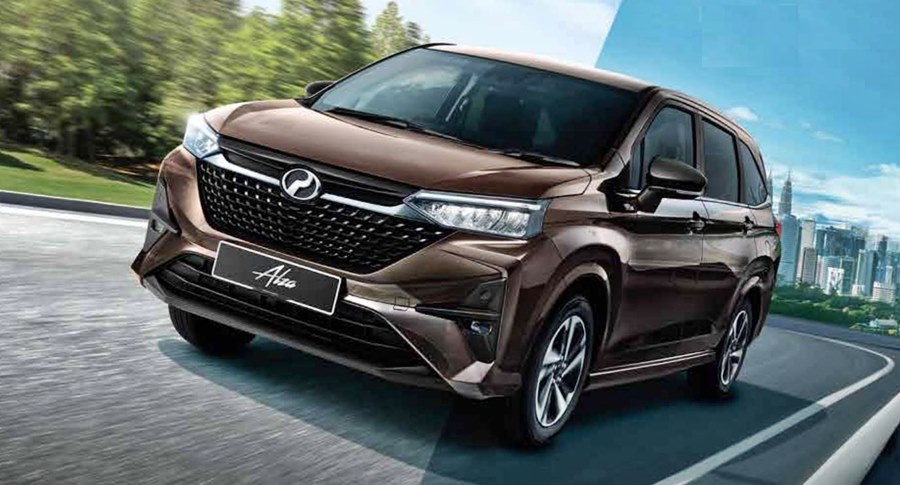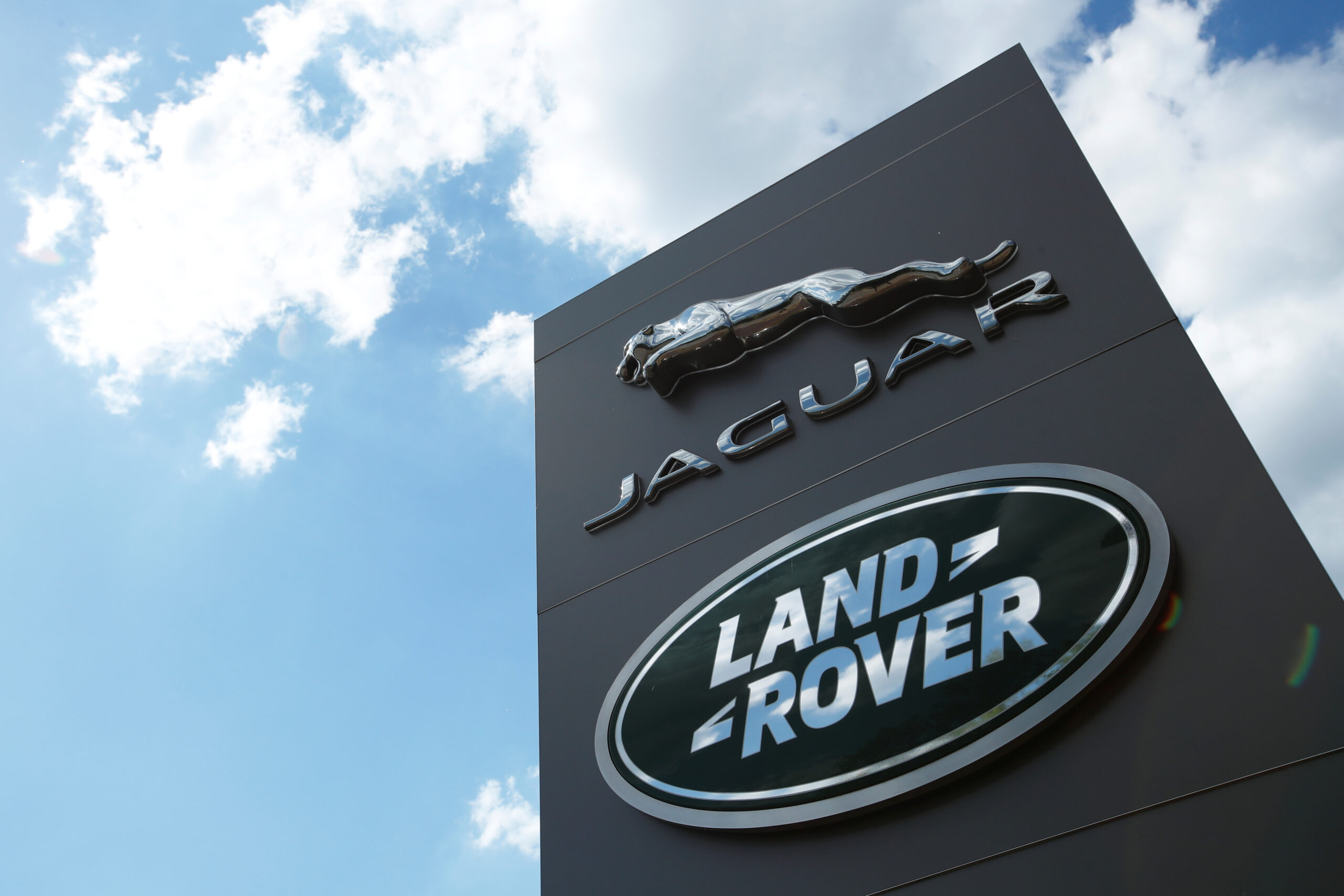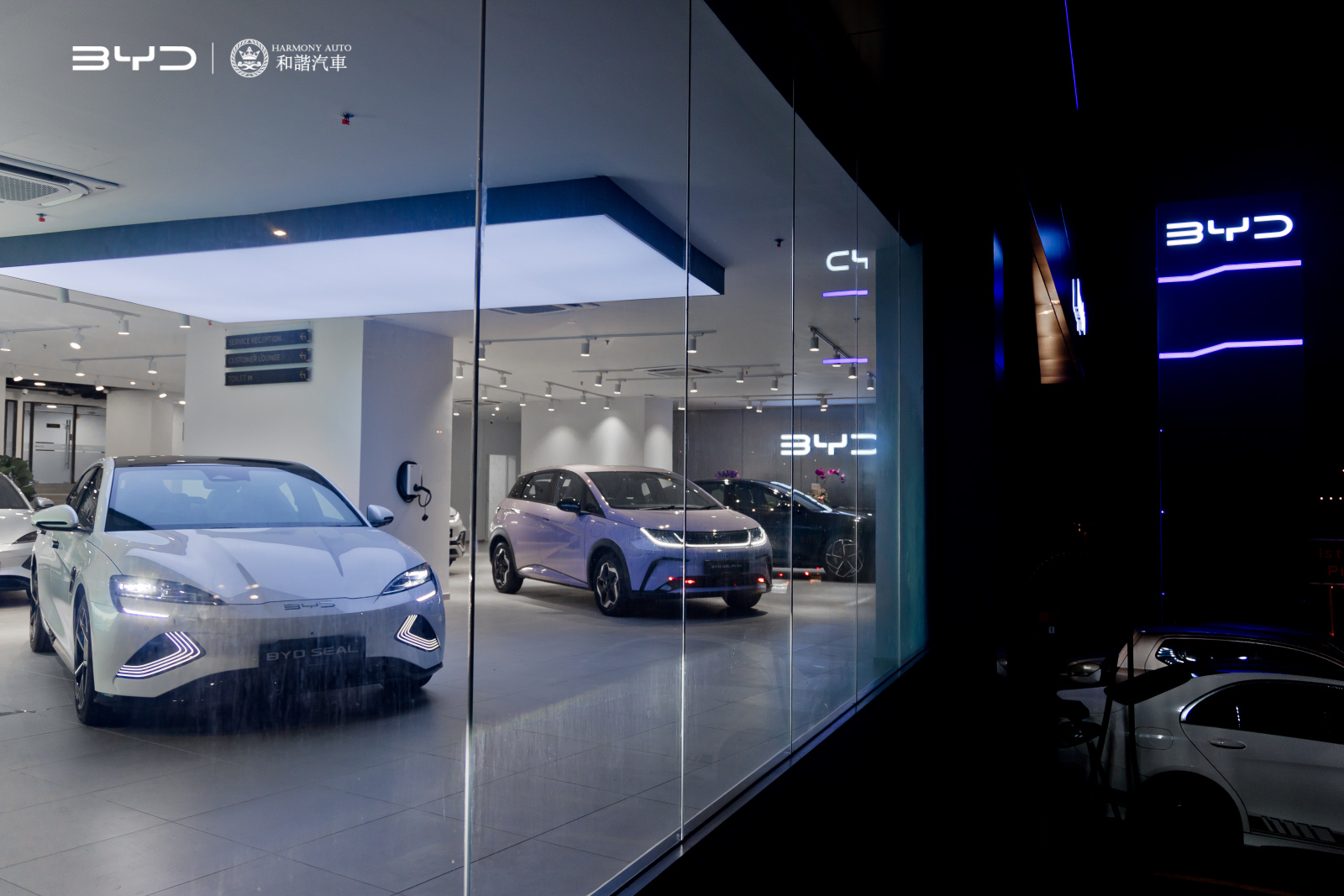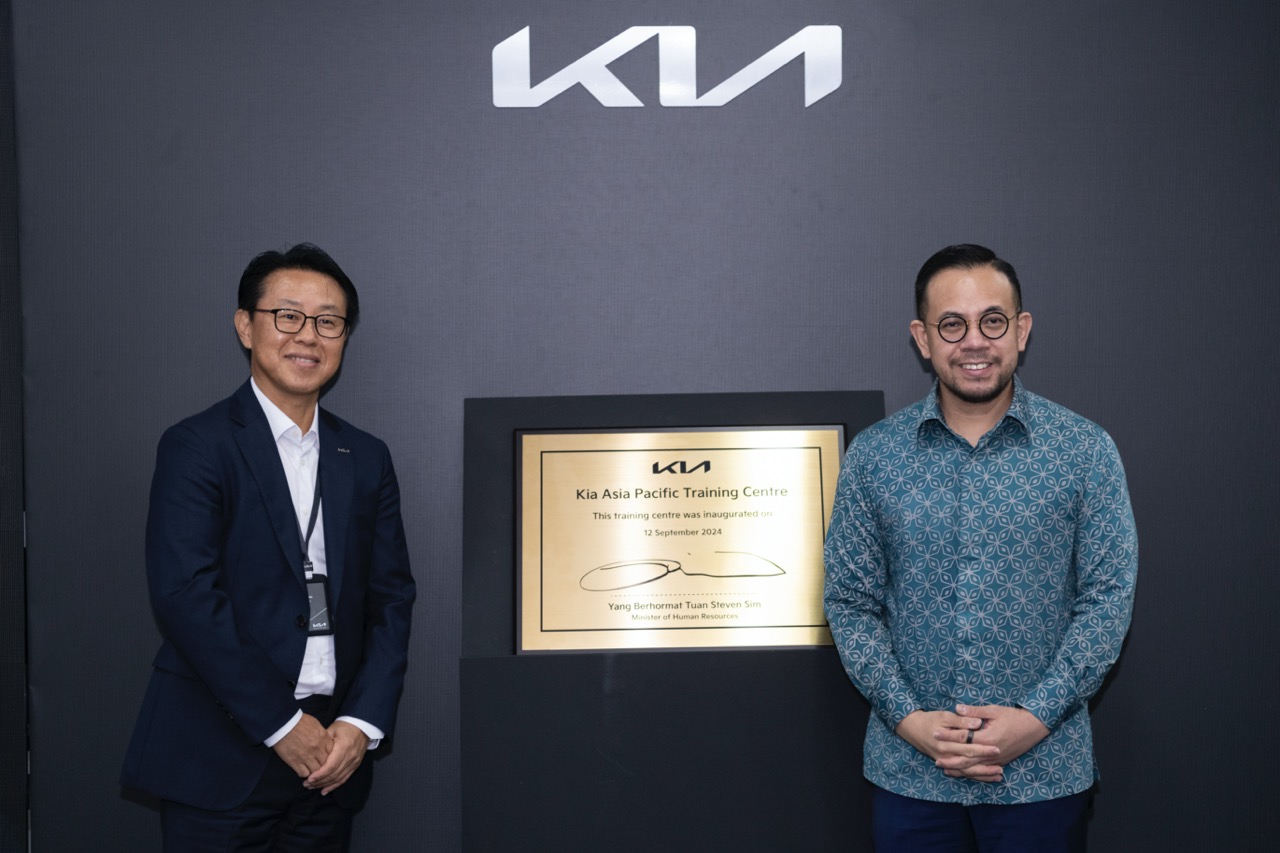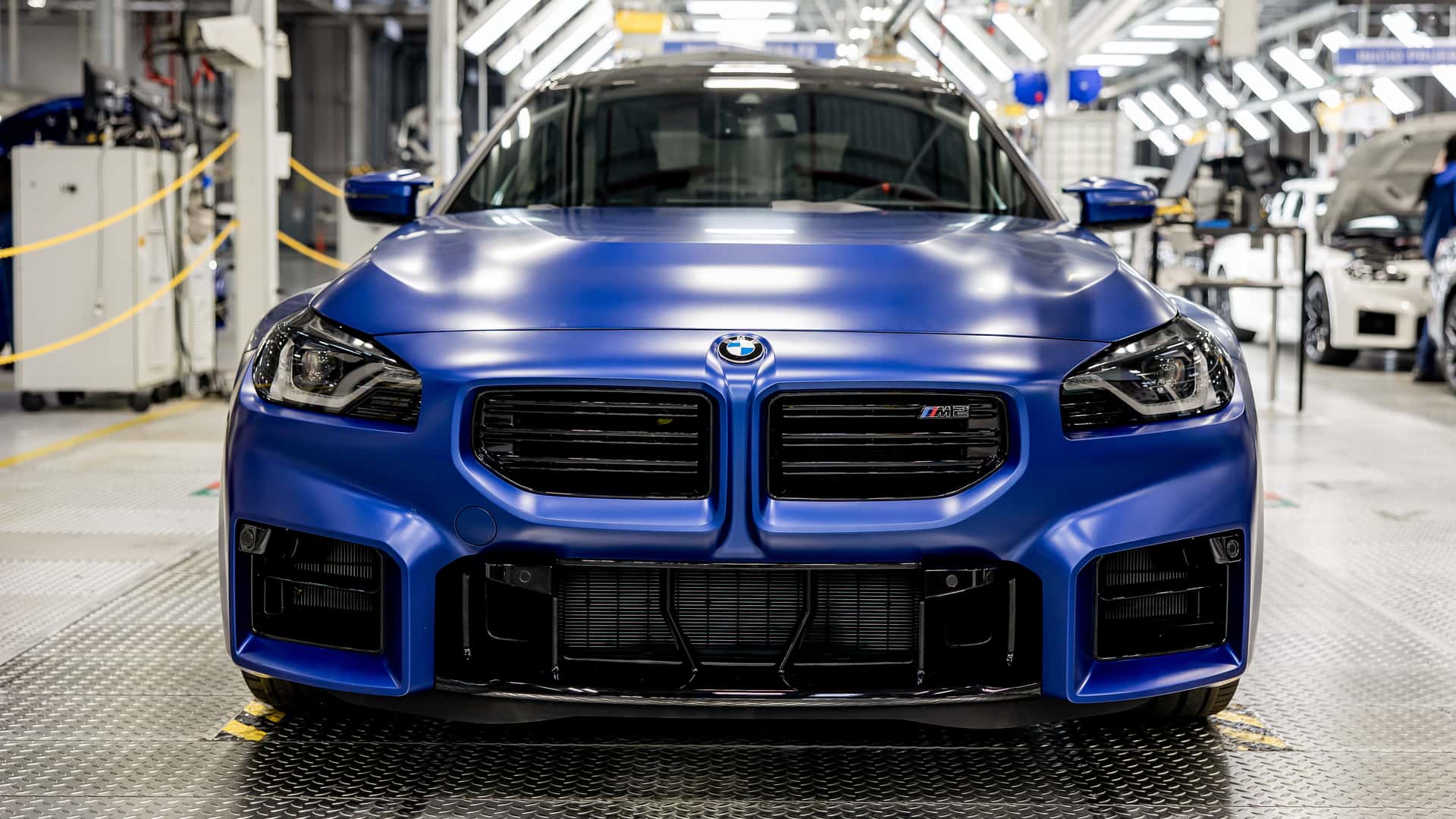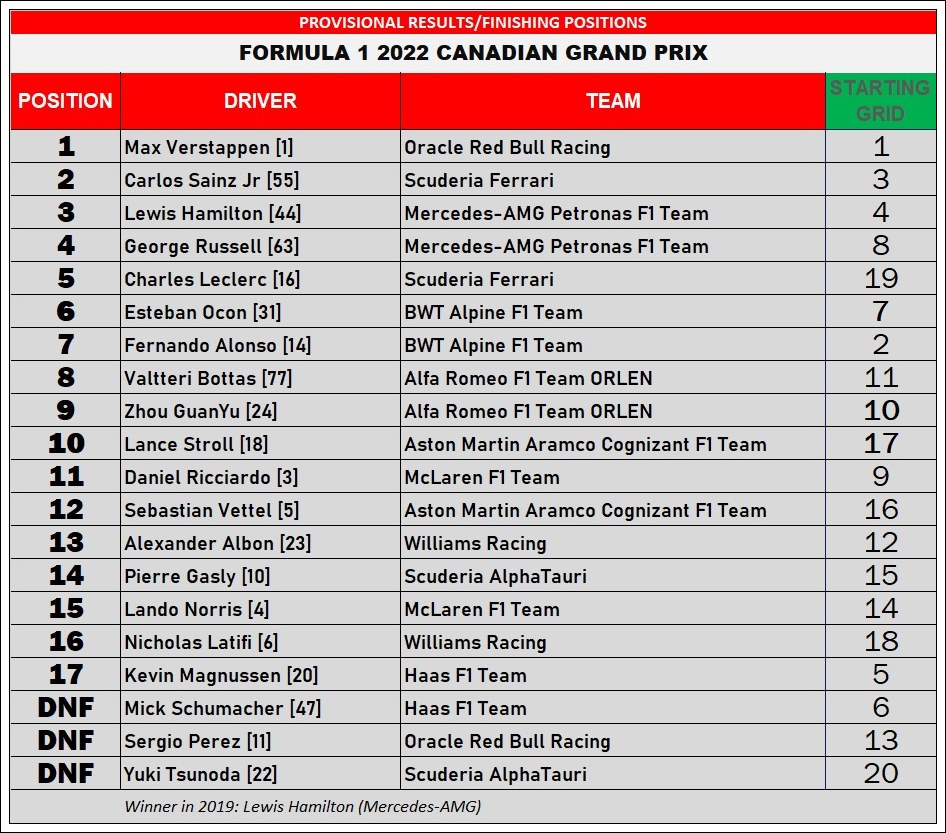
Unlike the day before when there was a heavy downpour (and the pitlane was even flooded earlier in the week), race day greeted the drivers with sunshine and nice cool weather. The rain during qualifying resulted in a rather boxed-up grid with Red Bull Racing’s Max Verstappen and BWT Alpine’s Fernando Alonso on the first row, and it would be an interesting race as the faster drivers tried to move forward – especially Ferrari’s Charles Leclerc who was starting from the back due to a penalty.
All eyes were on Alonso as the race started but Verstappen started well and was ahead of Alonso into Turn 1. The Alpine driver had to instead deal with Ferrari’s Carlos Sainz, with Hamilton pushing forward alongside Haas F1’s Kevin Magnussen. At the back, Leclerc got down to work right away and moved up 4 places within the first 2 laps. But he was still 15 seconds behind the leaders.
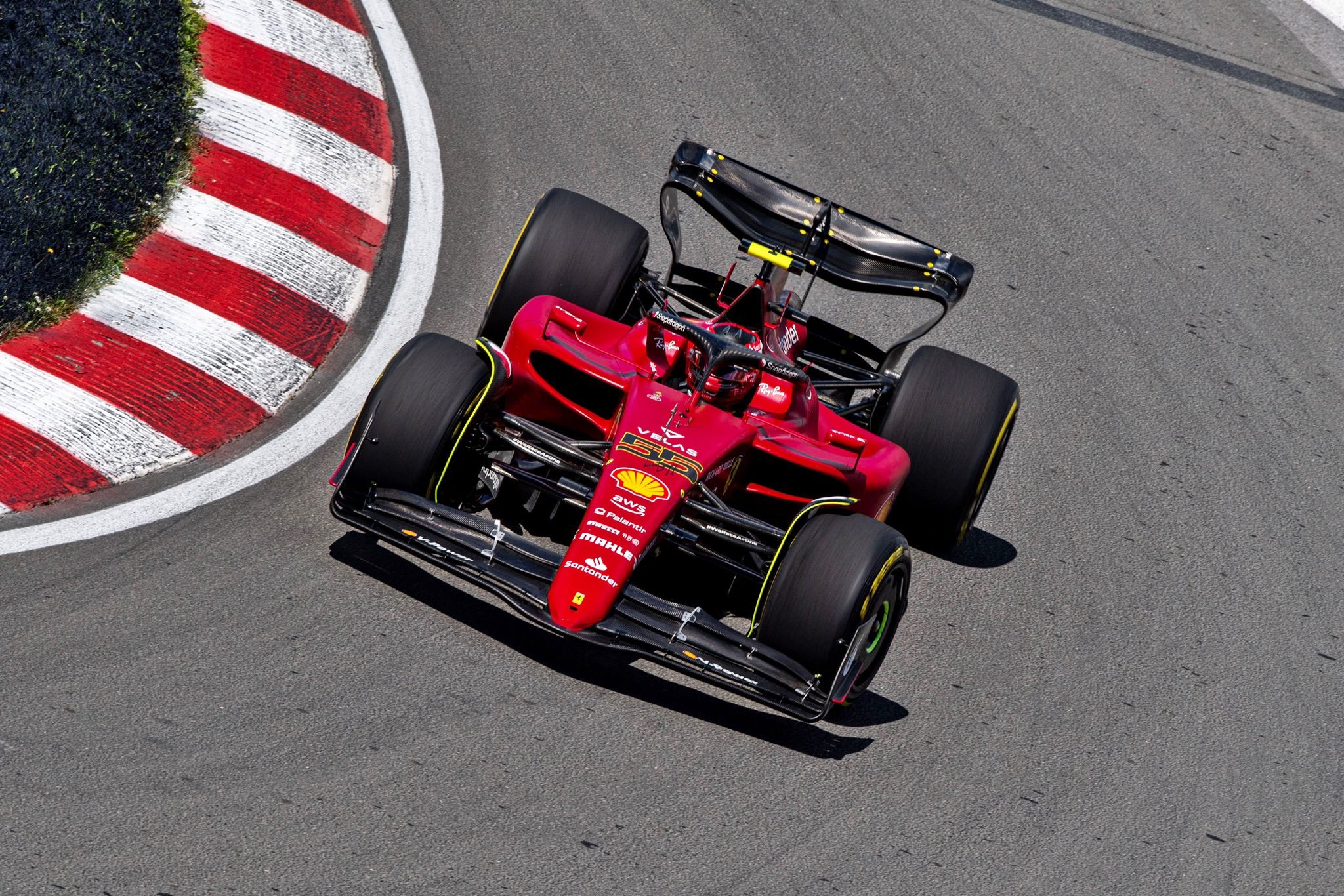
On the third lap, after a close fight, Sainz moved into second position as he passed Alonso. Magnussen, who was trying to hold on to sixth, apparently sustained some damage to his wing and on lap 4, he was given a black and orange flag and came in on lap 8. Meanwhile, Scuderia Alphatauri’s Pierre Gasly and Aston Martin’s Sebastian Vettel were the first to come in to switch to hard tyres on lap 6.
14 minutes into the race (on lap 8). Red Bull Racing’s Sergio Perez reported power unit failure and he pulled over, fortunately at a safe spot. The yellow flags came out, as did the Virtual Safety Car (VSC). At that point, Verstappen had come into the pits and Sainz was in the lead with Alonso behind him. Most cars began coming in and changing to hard tyres as no rain was forecast. Fighting for fifth place were Mercedes-AMG’s Lewis Hamilton and Alpine’s Esteban Ocon.
With Perez out, Verstappen had a change of strategy as he went after the two Spaniards ahead. By lap 16, he had overtaken Alonso and was within 5 seconds of Sainz. He could bide his time as the Ferrari driver had not pitted yet and had to do so eventually. In fourth was Mercedes-AMG’s George Russell playing a steady game, as usual, while Hamilton was just 2 seconds behind.
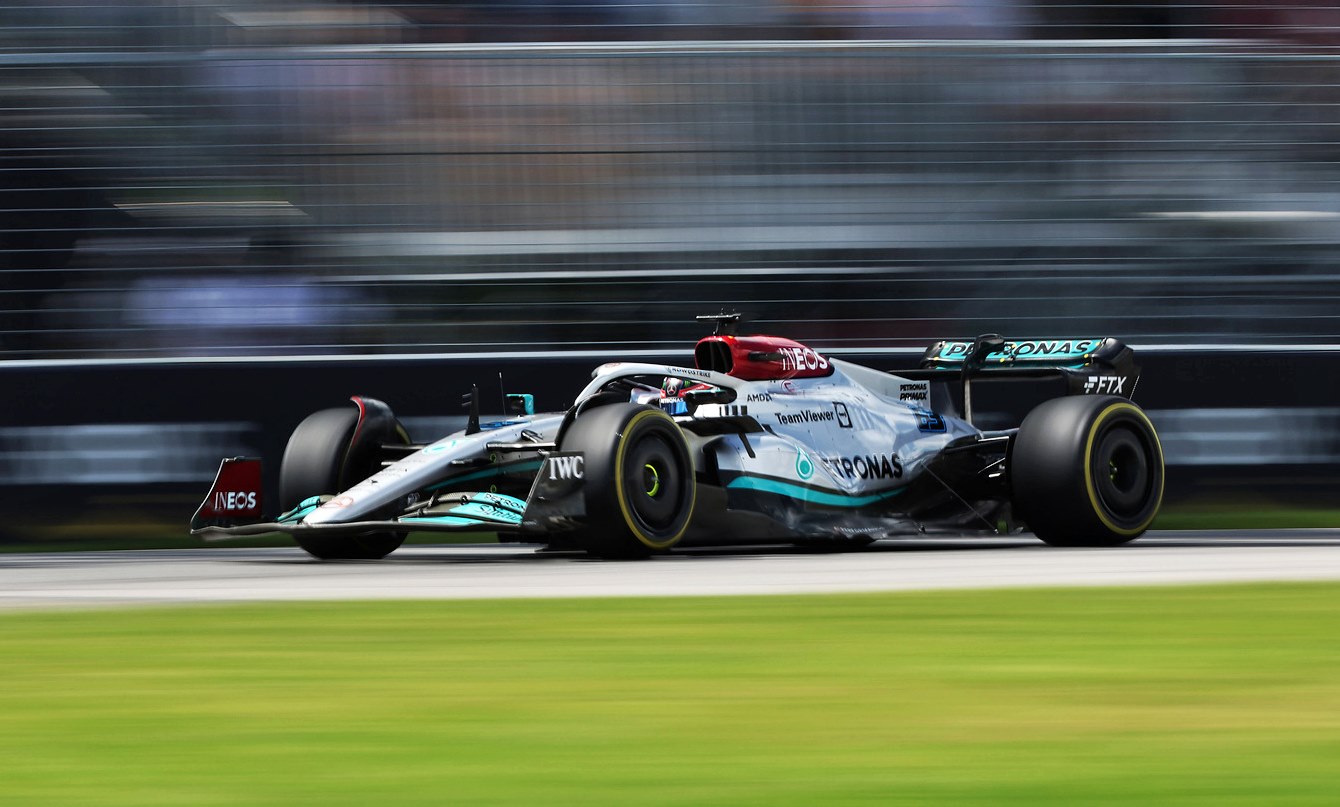
Leclerc appeared at tenth place as lap 20 started, steadily moving up the field. For Haas F1′ Mick Schumacher, however, the race in Canada came to the end on that lap as he slowed the car and parked it to one side of the track. The VSC came out for a short while and Sainz gave up his lead to Verstappen. When Sainz rejoined, he was in third behind Alonso but very quickly got past the Alpine to grab second position.
On lap 29, Hamilton displaced Alonso for third, appearing higher than he has been for a long time. Russell has fallen back but would keep Alonso occupied while Hamilton went after the Dutchman.
China’s Zhou Guanyu was praying there would be no disappointment again like the last race as he moved into tenth place on lap 27. He was aiming for the Aston Martin of Lance Stroll but had to also watch out for Yuki Tsunoda and his Alphatauri. Alonso came in on lap 29 for new tyres. rejoining in seventh place, just behind Leclerc who was beginning to struggle with his tyres.
At the halfway point of the race, Verstappen was in the lead, 8 seconds ahead of Sainz and 16 seconds ahead of Hamilton, with Russell in fourth place some distance back. Leclerc was up to sixth but still fighting with Ocon. The question was when the Ferrari driver would come in replace his tyres which had done 35 laps already. Besides Leclerc, Alfa Romeo’s Valtteri Bottas and Aston Martin’s Lance Stroll were also on rubber that was over 35 laps old.
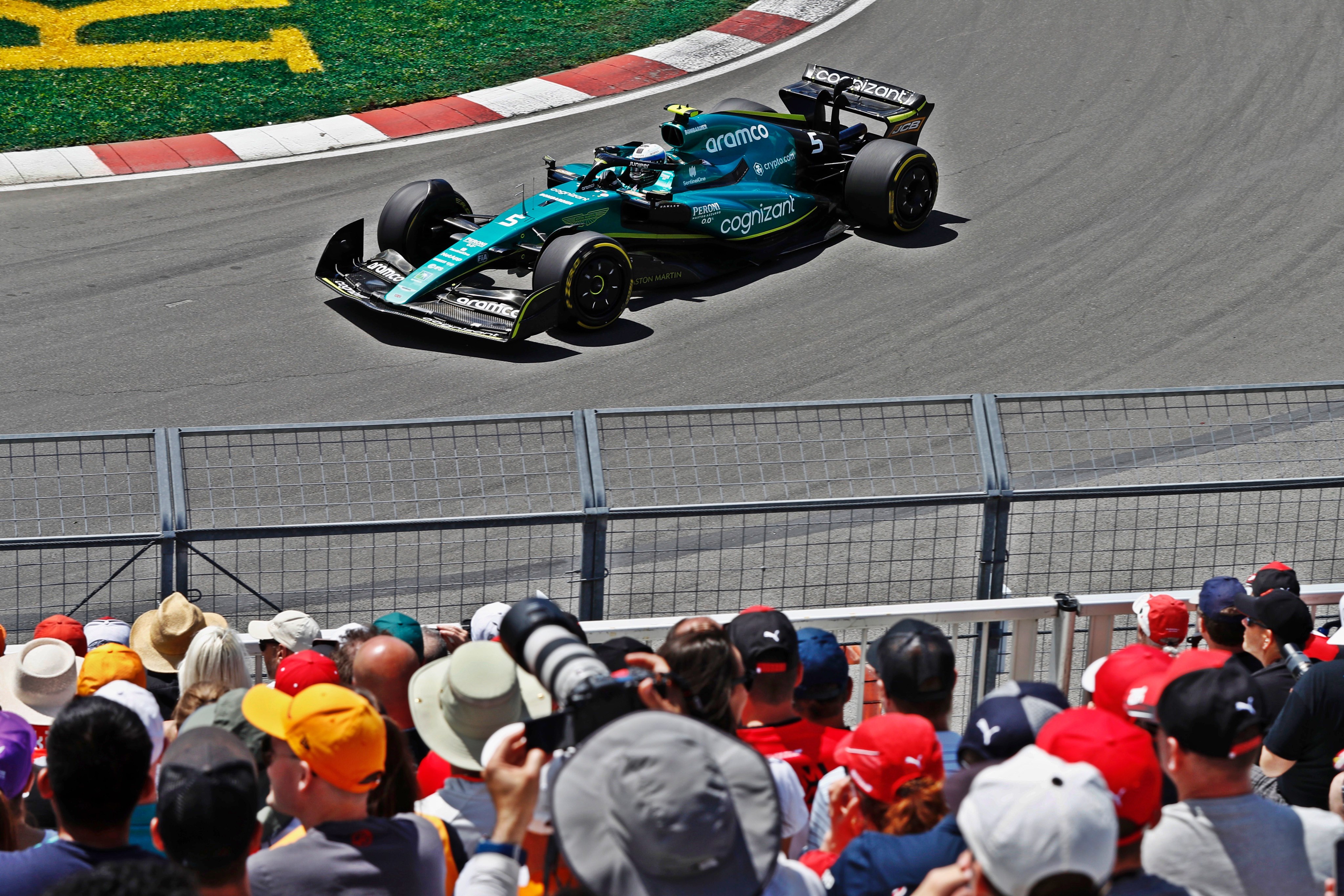
Leclerc finally came in on lap 42 and was frustrated by a somewhat slow stop (for the Ferrari team). When he rejoined, he was down to twelfth place, behind McLaren’s Daniel Ricciardo. Two laps later, Sainz was in the lead as Verstappen came in to get new hard tyres. As he rejoined, he was alongside Hamilton, giving the spectators an exciting moment of the two drivers racing each other. But Hamilton would come in on the next lap, and Verstappen zoomed to second, 9 seconds behind Sainz.
Russell’s tyres were replaced on lap 45 and his departure from the race gave Hamilton a chance to slot into third place easily. But by then, Verstappen had gone way ahead in his pursuit of the Ferrari.
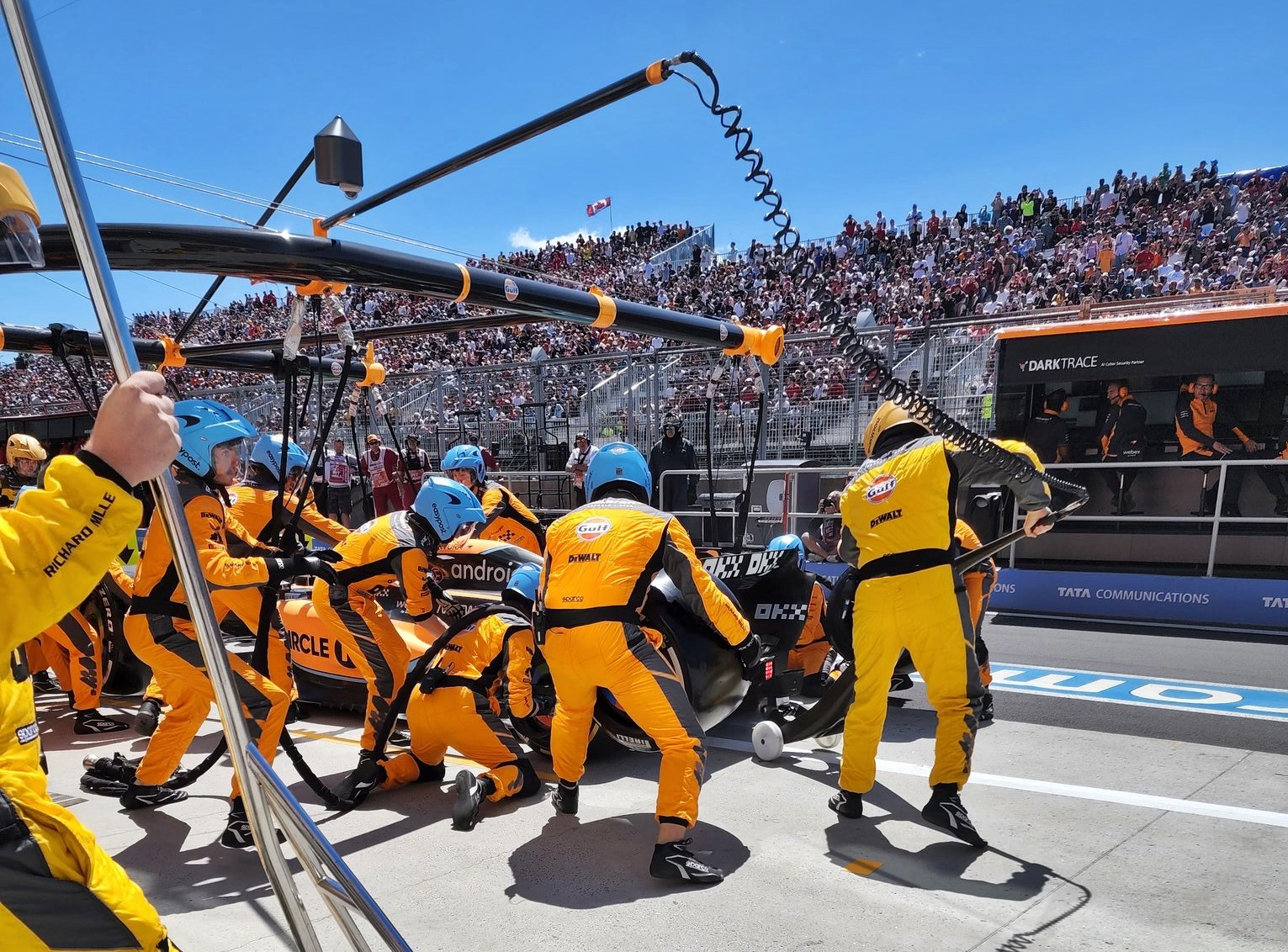
Just before the 50th lap, the yellow flags came out as Tsunoda crashed after Turn 1. The Safety Car was deployed and Sainz took the chance to pit. This gave Verstappen the lead but it might become difficult for the Dutchman as the Ferrari now had fresh tyres. Other drivers also rushed into the pits while the Safety Car was out. When its duty ended, there were 16 laps remaining.
As the pack resumed racing, the top five frontrunners jostled for position. Sainz did his best to keep close to Verstappen while Hamilton came up behind, just slightly ahead of Russell. Alonso was also eager to try for a podium position but had to contend with his own team mate first.
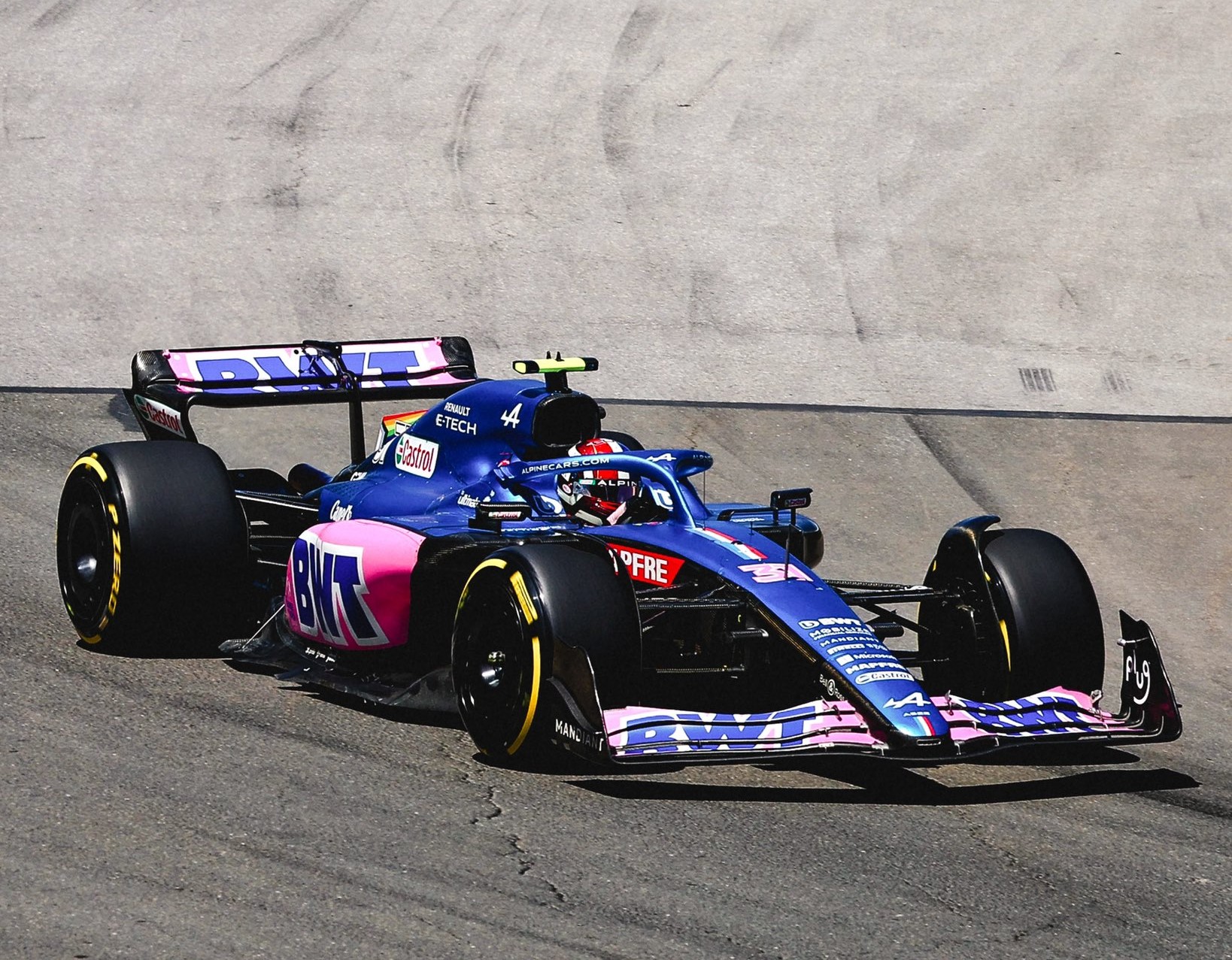
With 10 laps remaining, the top four cars were about one or two seconds apart, with Leclerc having made it to fifth but still hacing a gap of about 10 seconds to close with Russell. Verstappen was working very hard to keep his lead as Sainz kept looking for a way to displace him. The two Alfa Romeo drivers, just behind Alonso, were waitinf for him to make a mistake and take his seventh place.
As two laps remained, the order still had not changed and Sainz had already pushed hard enough to claim the fastest lap of the day. Less than a second and he just could not beat Verstappen and then the chequered flag came out and it was the Red Bull racing car that crossed under it first.
